A pre-production prototype of the upcoming Hyundai Ioniq 7 has been pictured testing on public roads in Germany, ahead of a launch next year.
The electric SUV, which will share much of its underpinnings with the recently revealed Kia EV9, will arrive as the third car in the brand’s futuristic line-up of electric cars. It will sit above the Ioniq 5 crossover and Ioniq 6 coupé to provide a long-range rival to the Volvo EX90.
Despite much of the car’s design being obscured by fabric, the Ioniq 7 clearly shares many characteristics with the Hyundai Seven concept, which was revealed and presented to the public in the US in 2021.
Aspects derived from the concept are likely to include its large rear window, headlight details and wing mirrors, which are all on show in our set of images.
Back in 2021, the Korean marque labelled the concept as a "category-bending" electric SUV, highlighting its aerodynamically optimised styling and extended wheelbase as departures from the design norms of conventionally fuelled contemporaries.
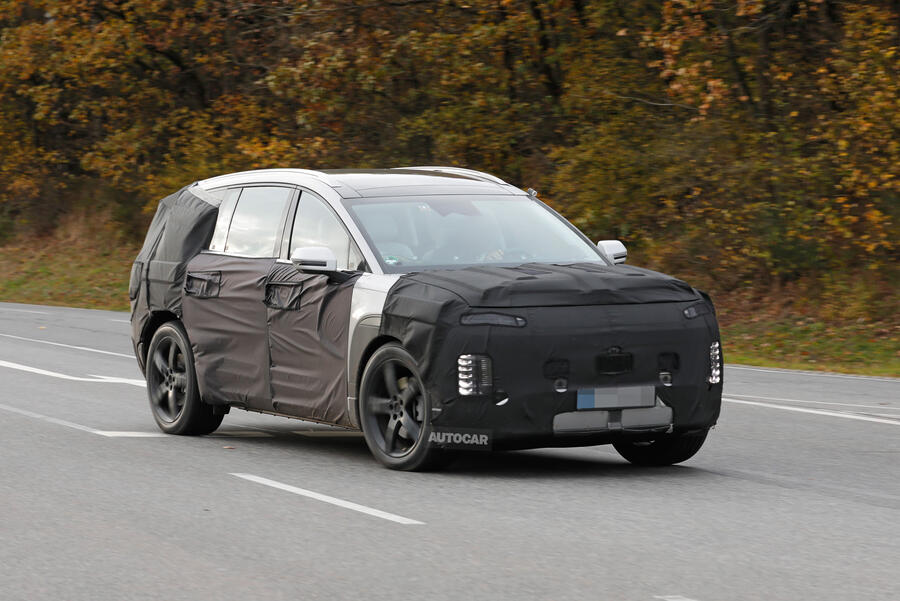
Given the Ioniq 7 and EV9 are both based on the Hyundai-Kia E-GMP platform, it’s likely they both share the same powertrain set-up. The EV9 is powered by a 99.8kWh battery, offering 336 miles of range. Other markets get an entry-level car with a 76.1kWh battery.
It also features a choice of two powertrains: a rear-wheel-drive set-up with 200bhp and 258lb ft of torque, and a 378bhp, 442lb ft version with dual motors and four-wheel drive. In its most powerful spec, the EV9 can hit 0-62mph in 6.0sec.
Autocar previously reported that Hyundai planned for its first three bespoke EVs to have highly individualised styling, and indeed the Seven concept adopts a radically different silhouette – "divergent from a typical SUV", according to the firm – and a raft of new design cues to mark it out from both its range-mates and its fuel-burning forebears.

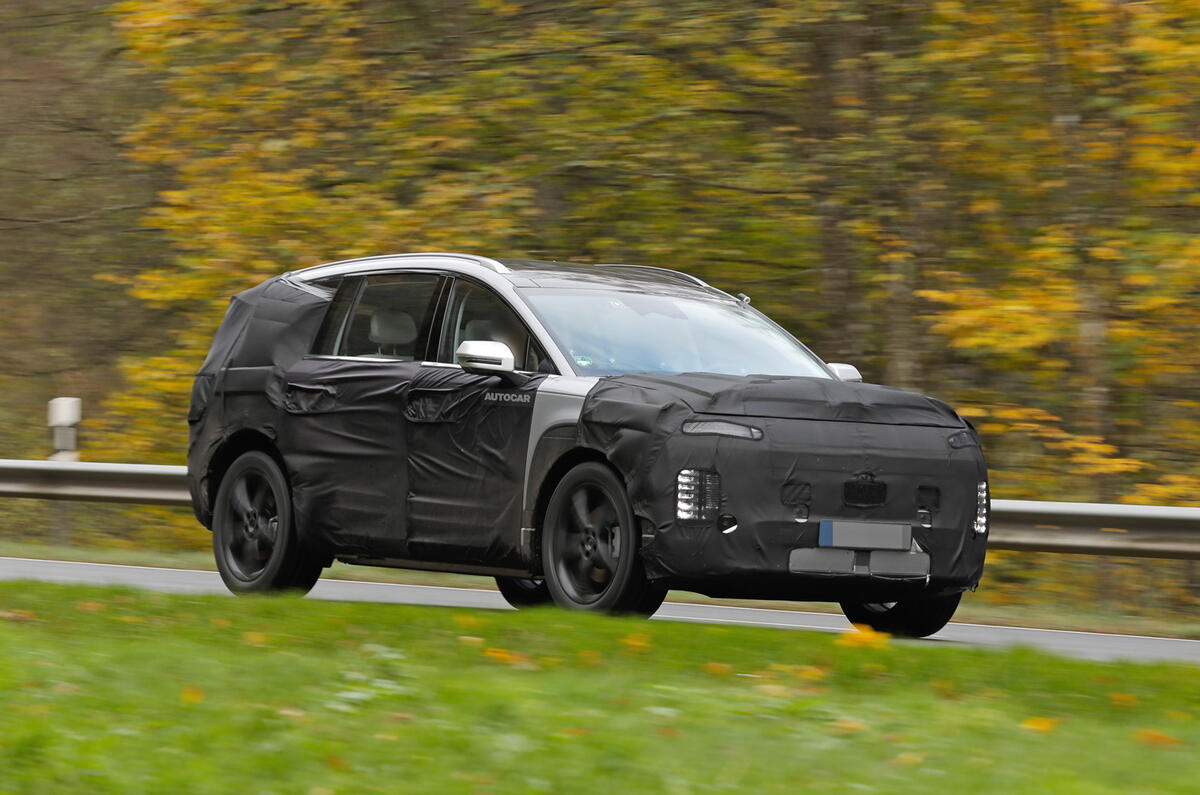
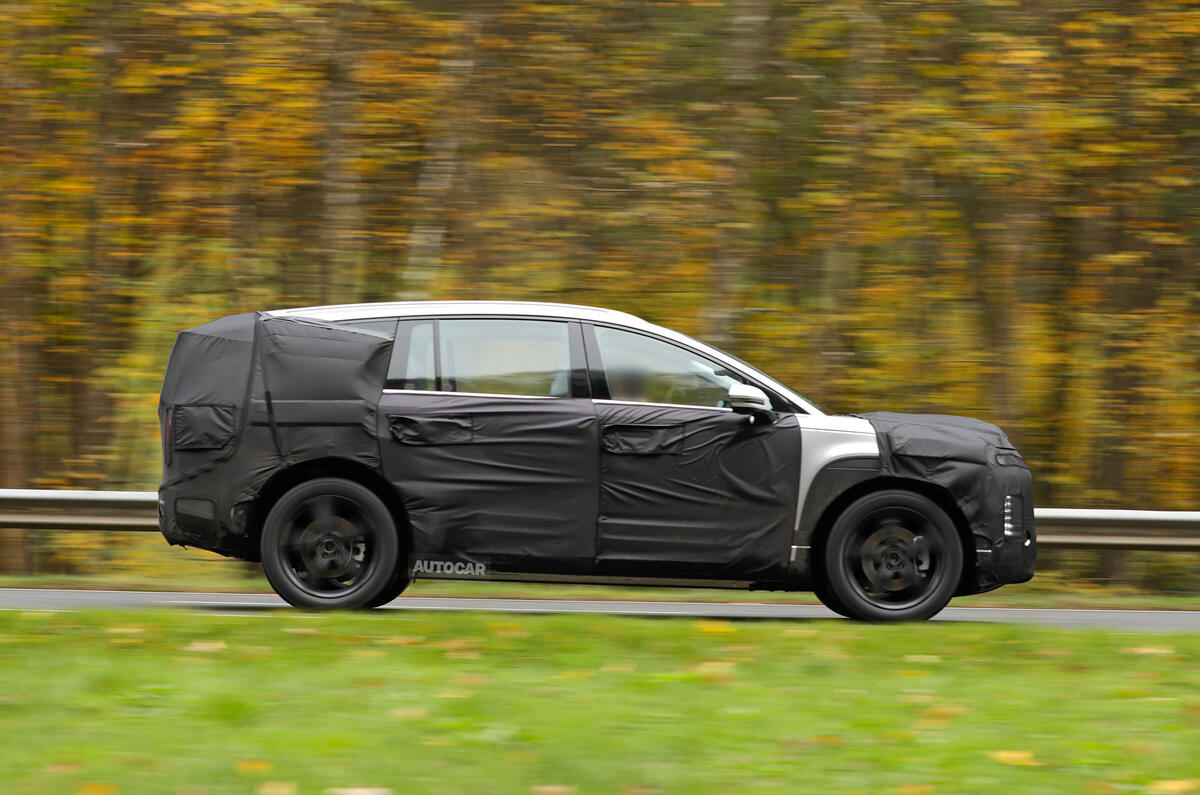
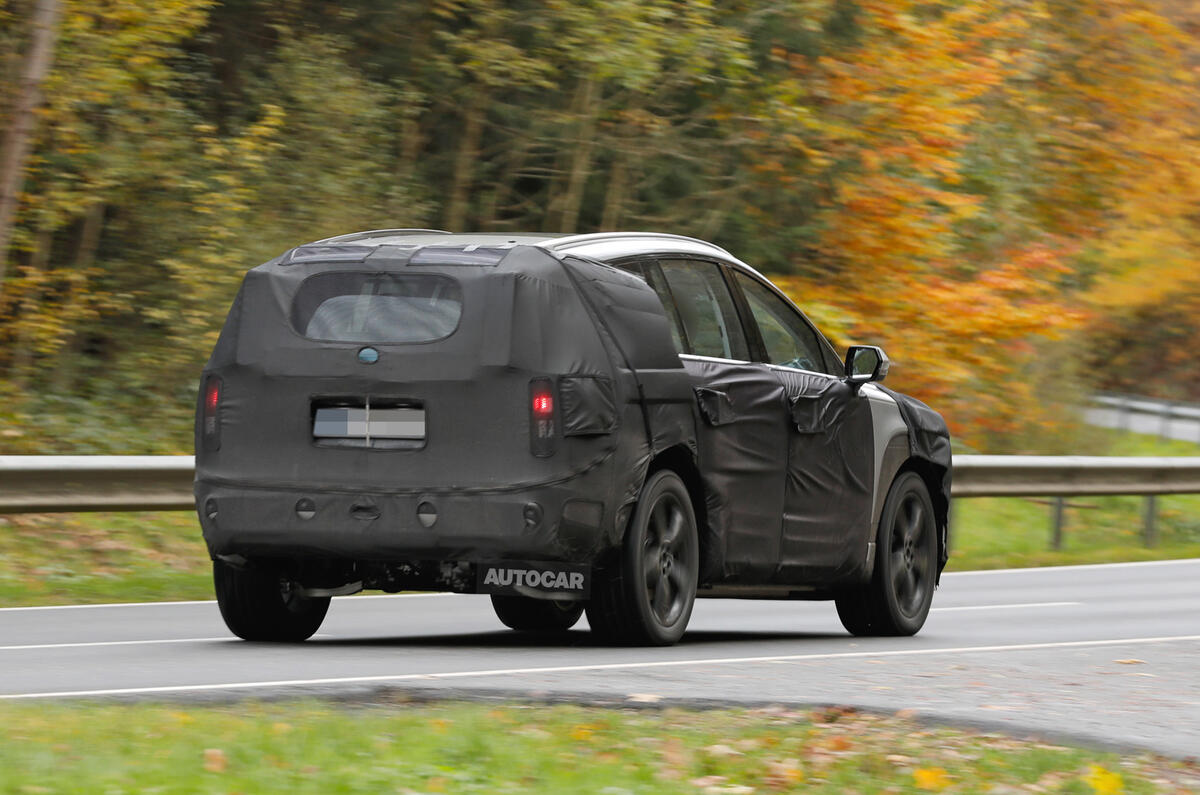
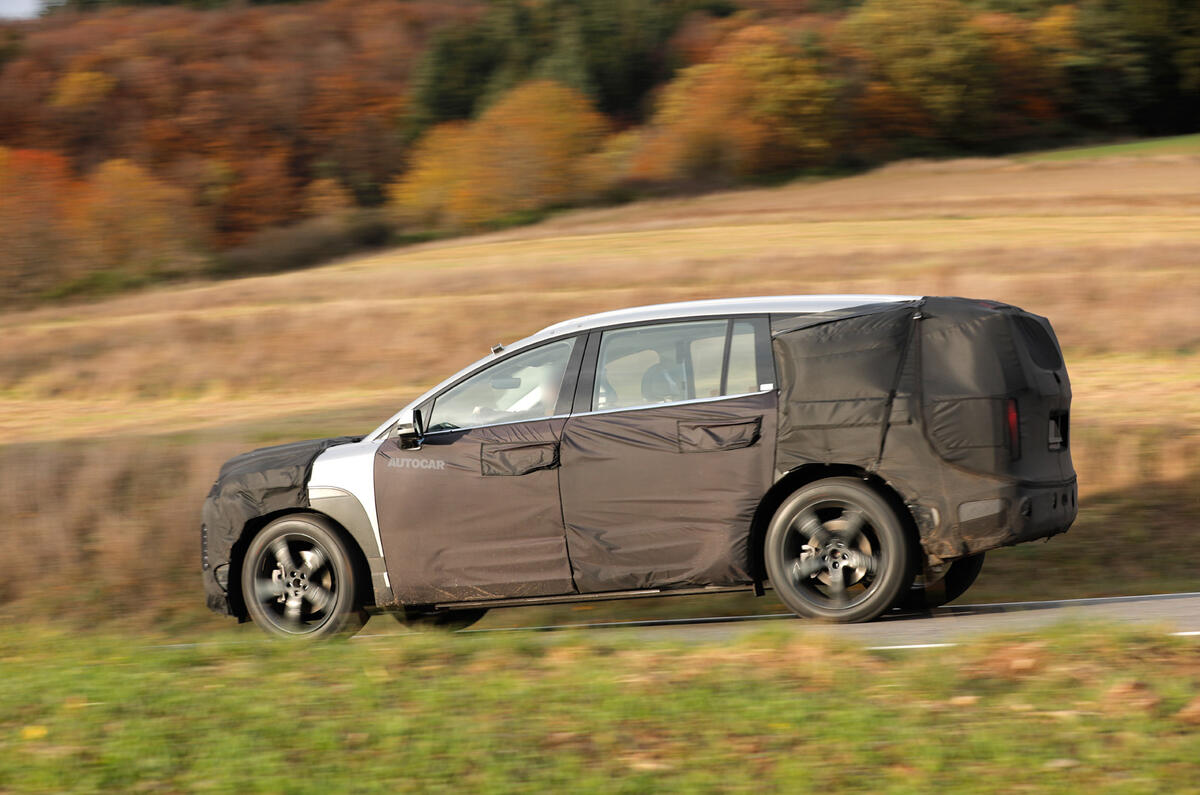
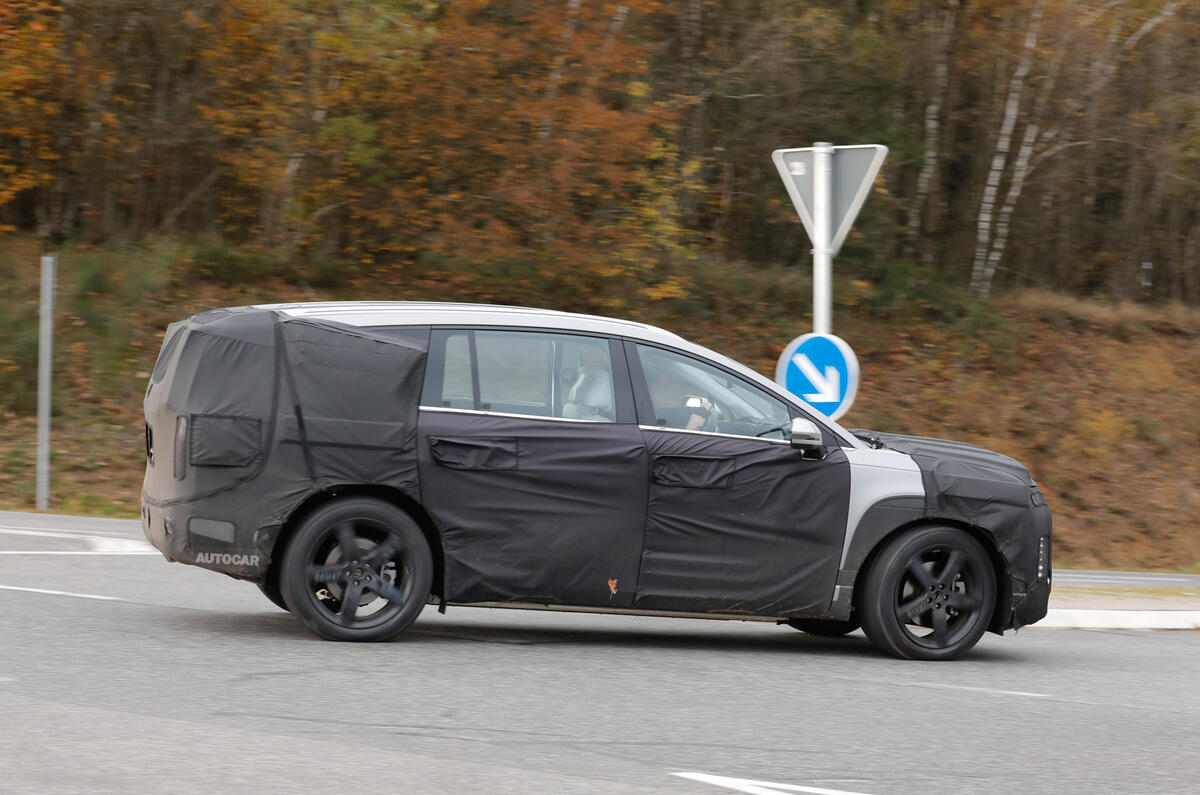
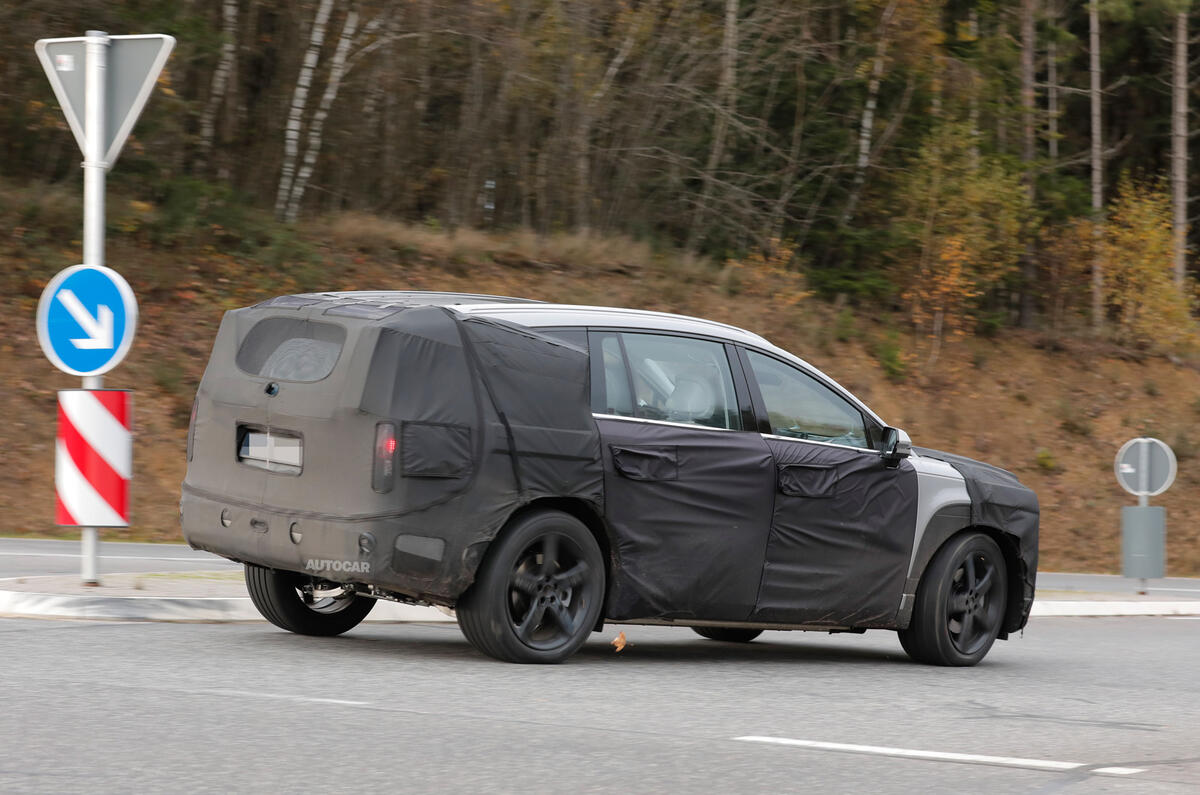
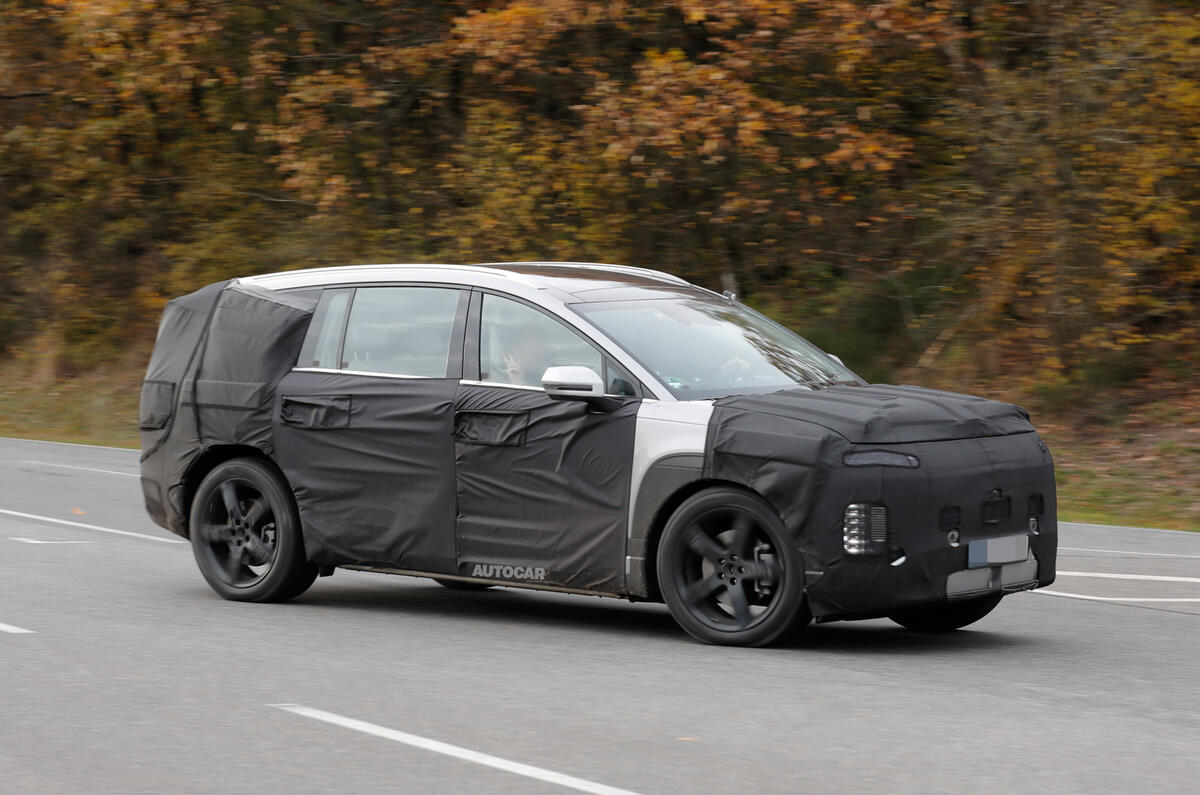
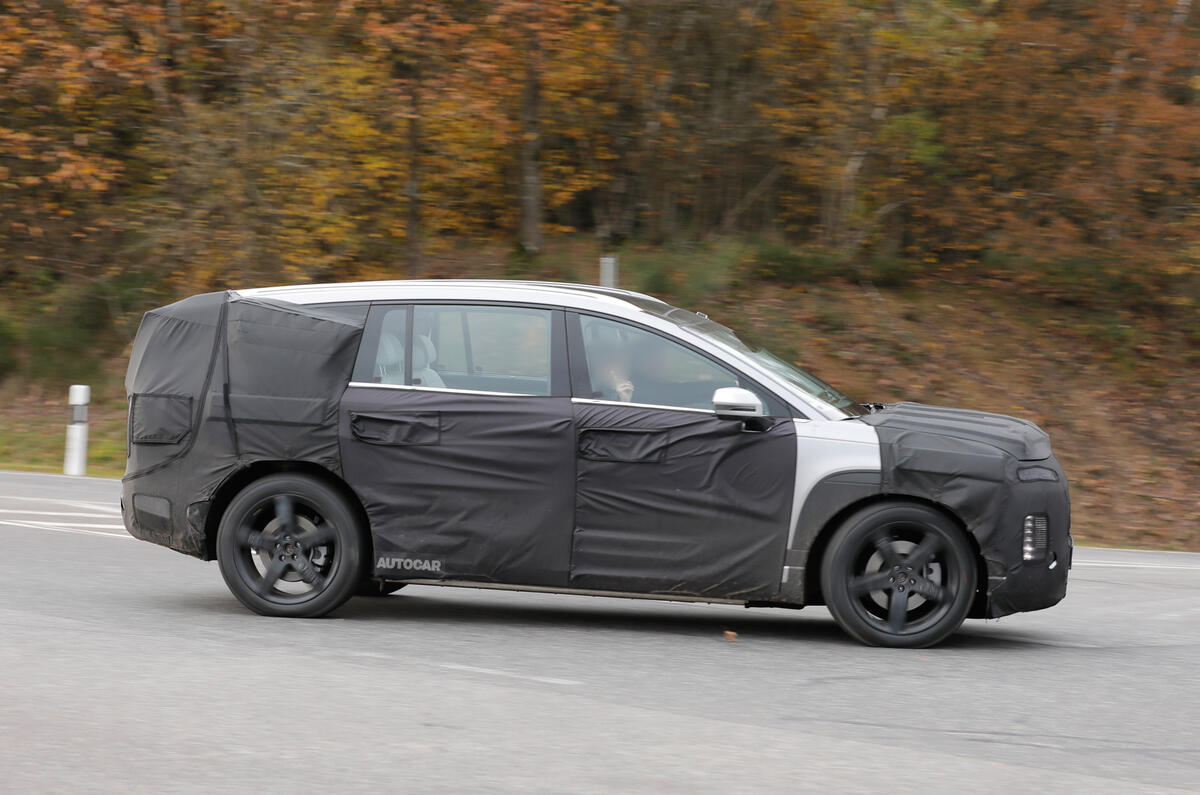
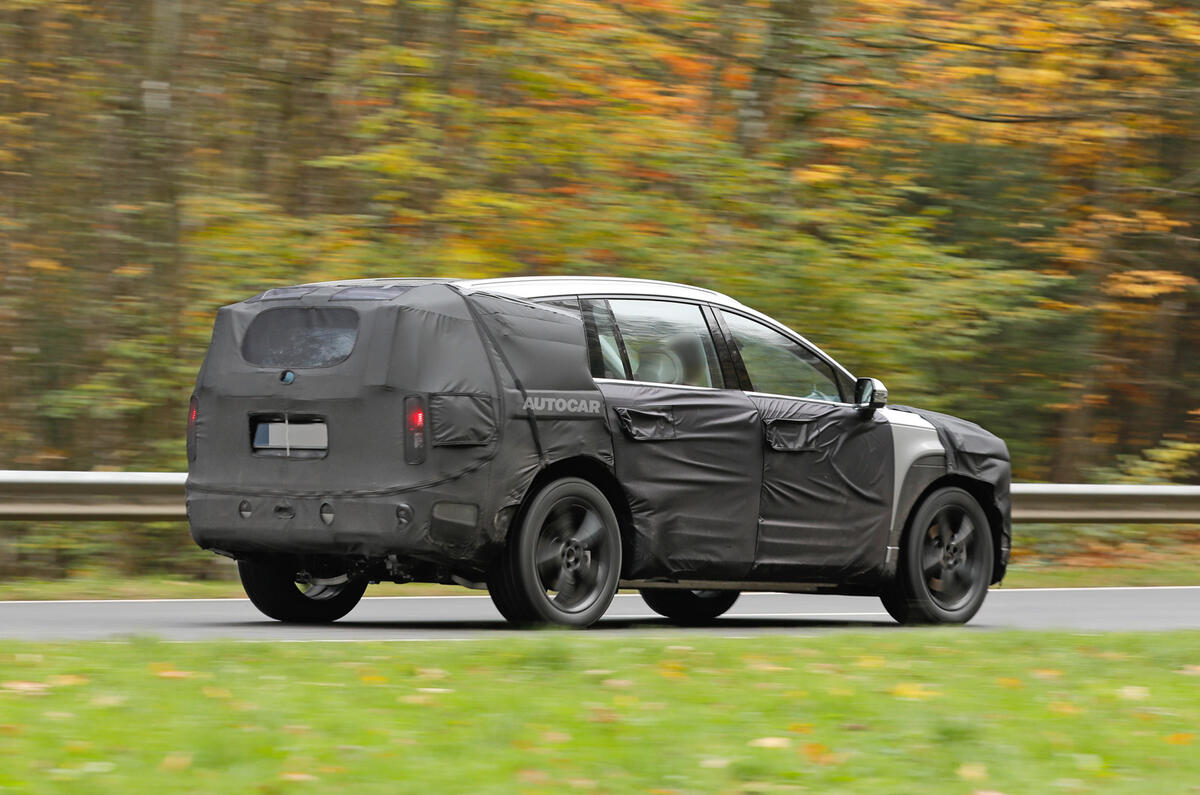
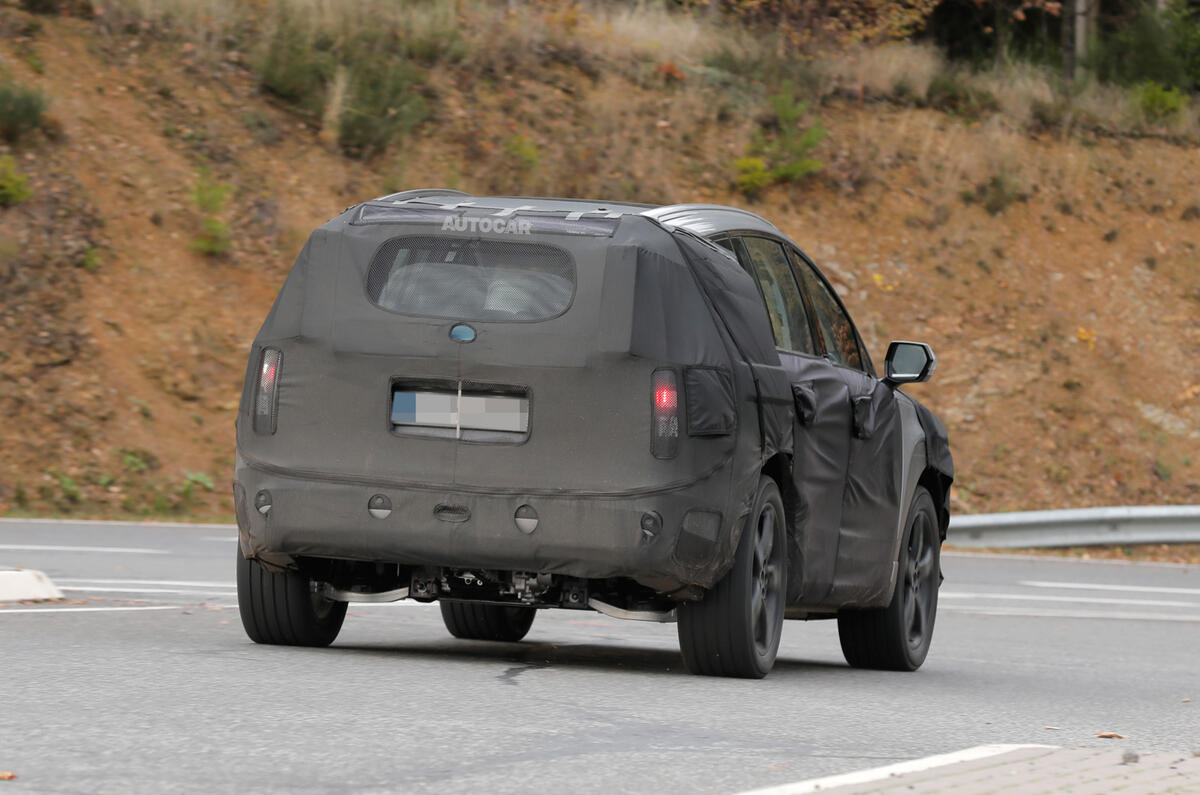
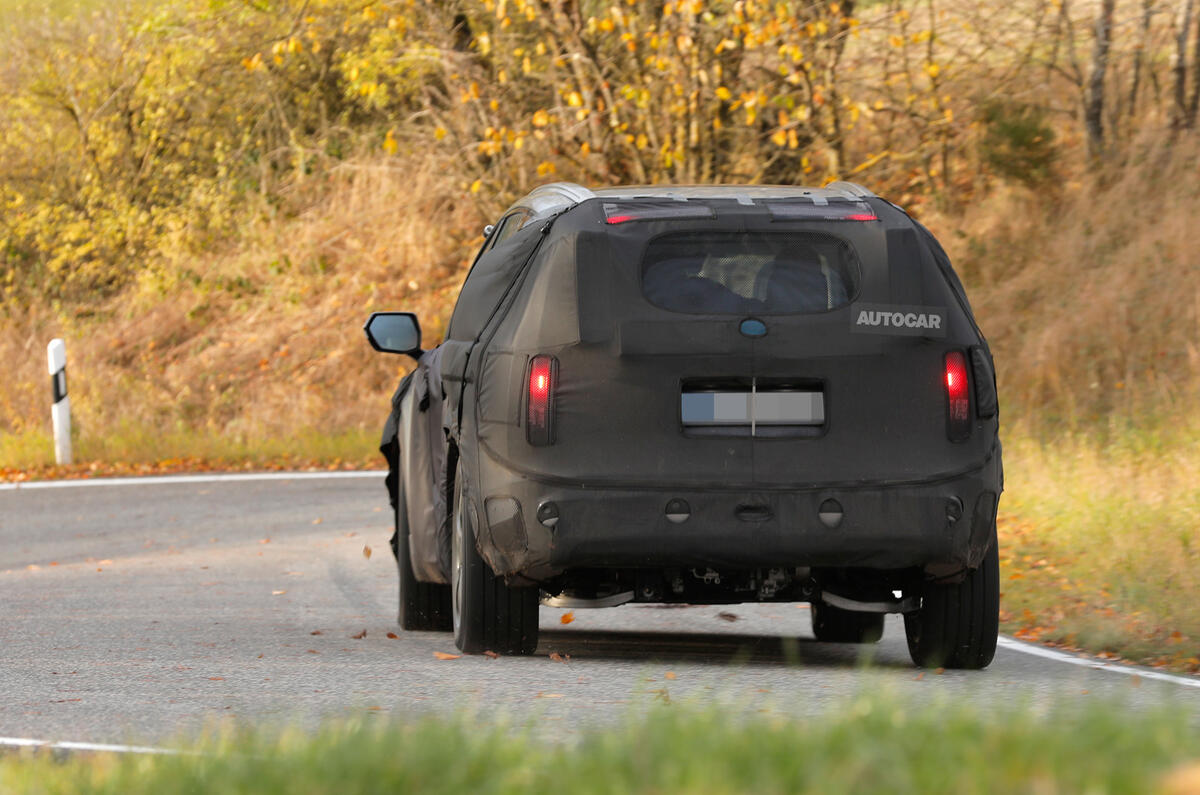
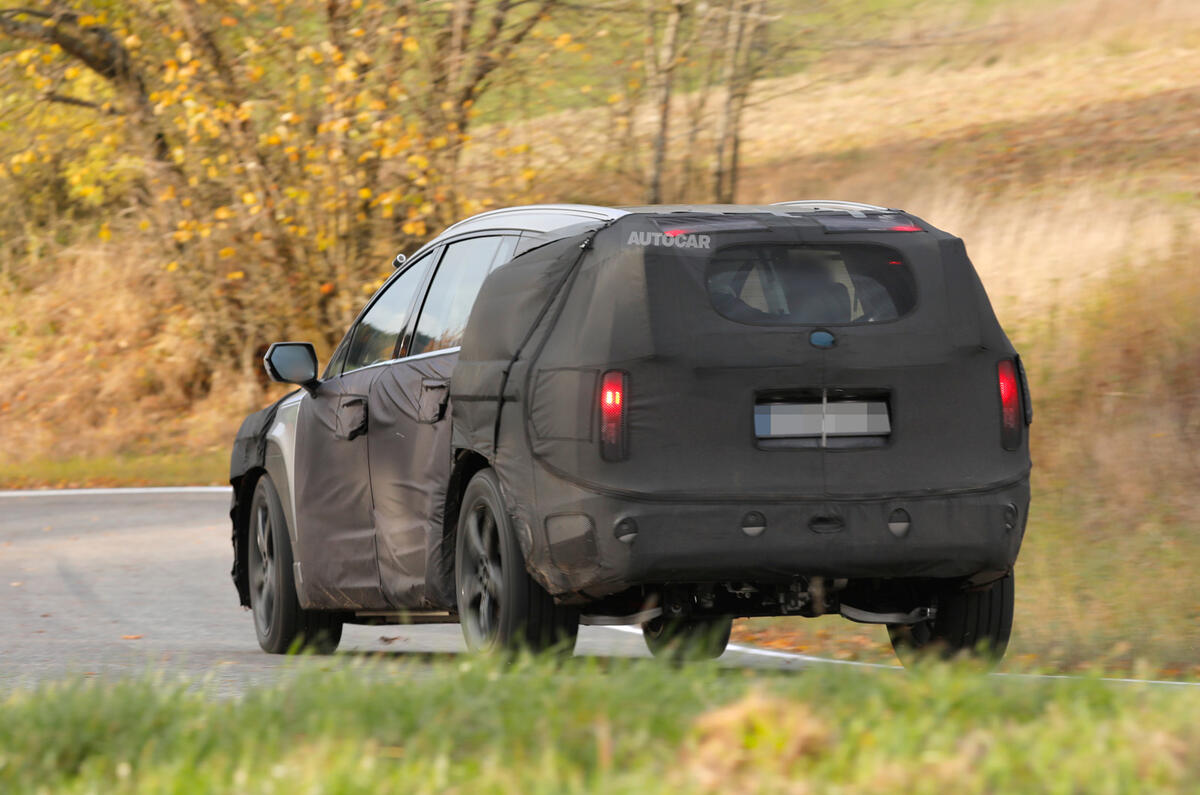
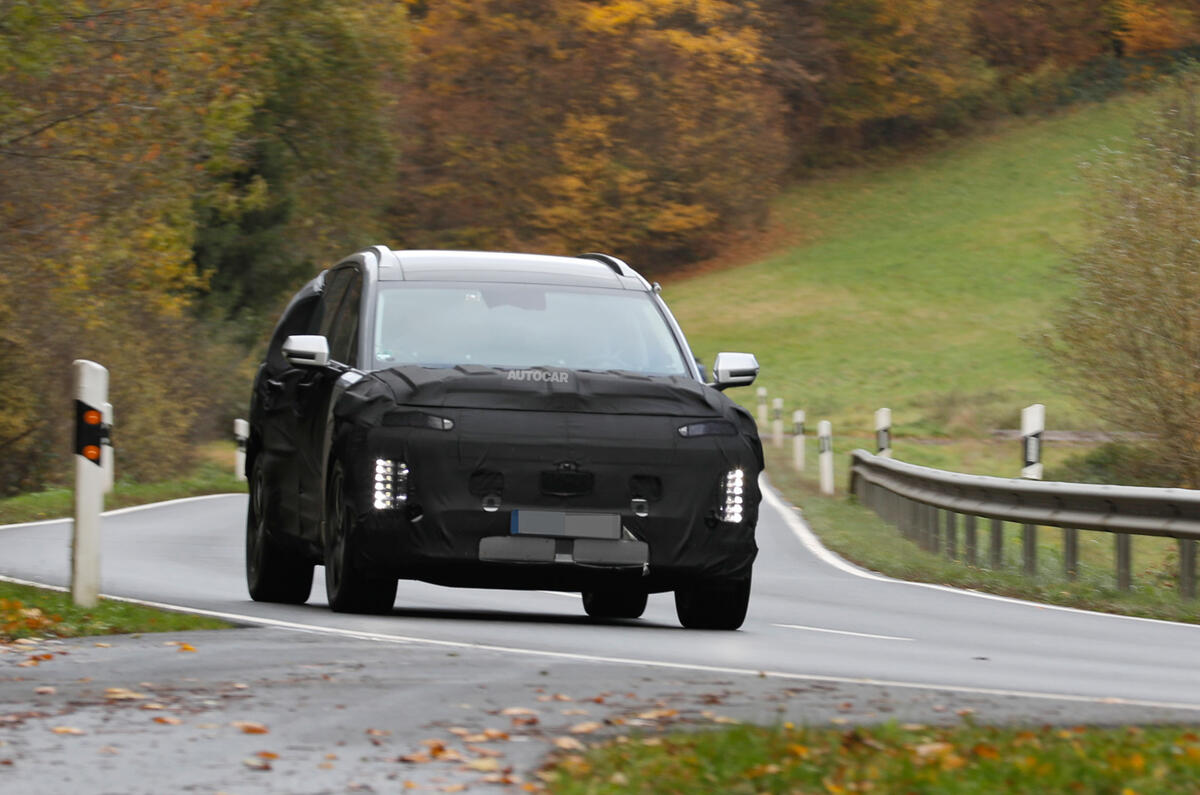
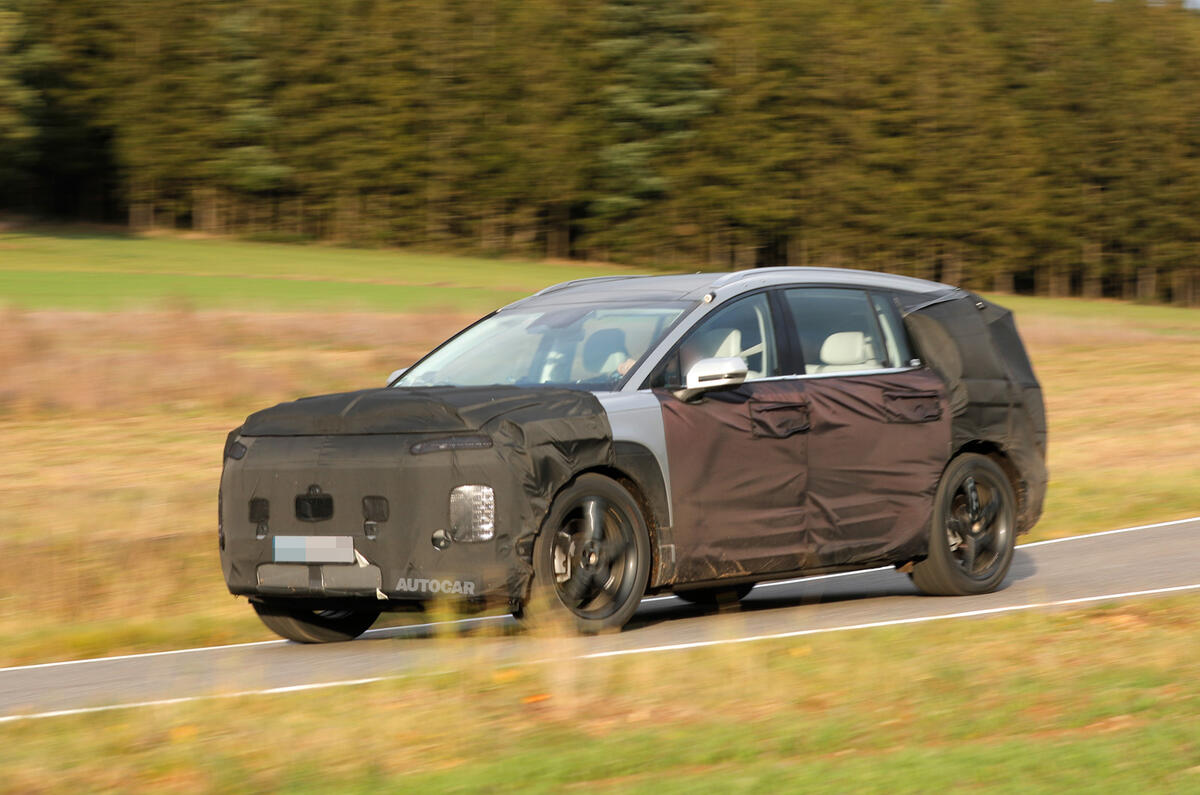
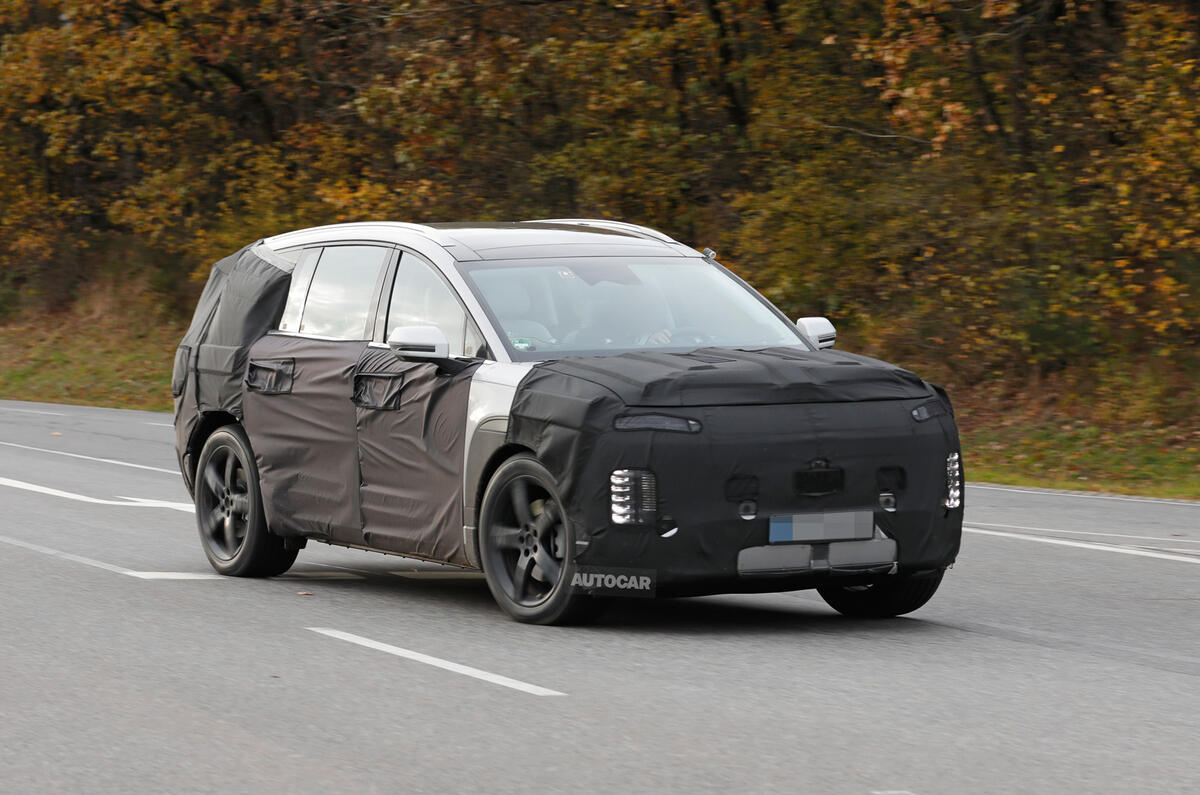
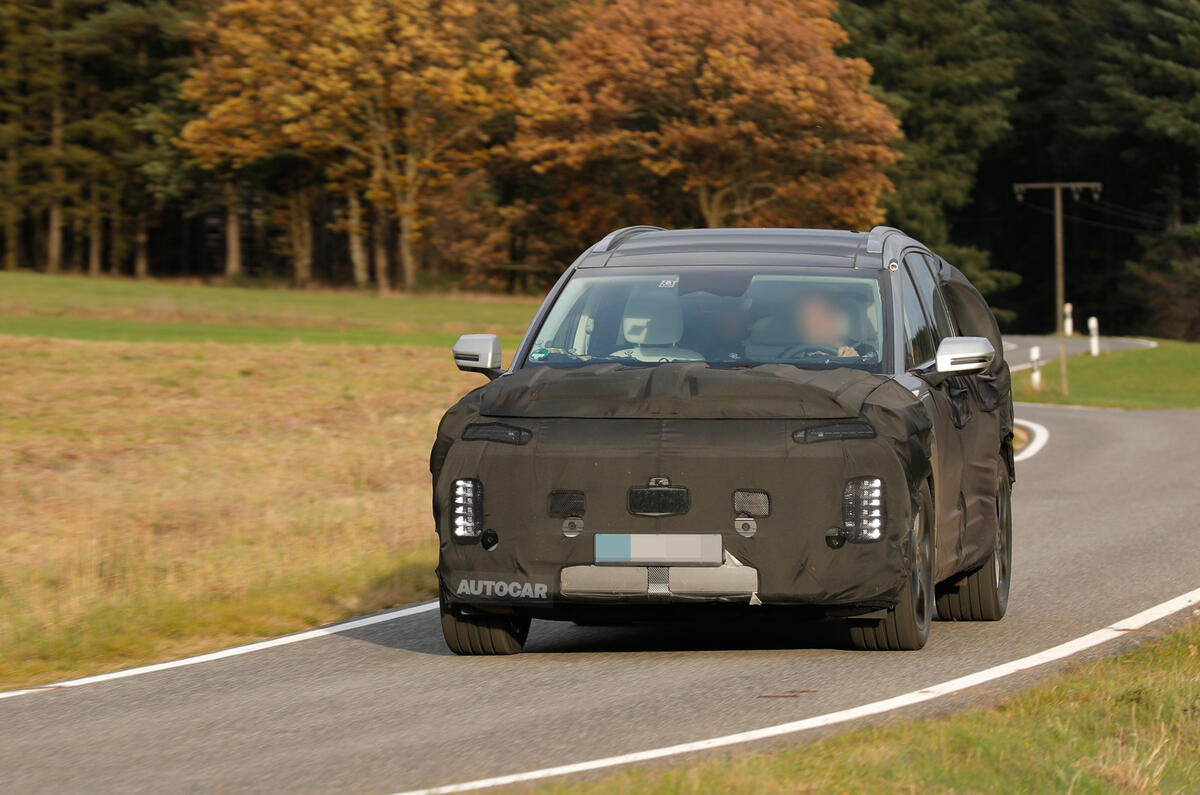
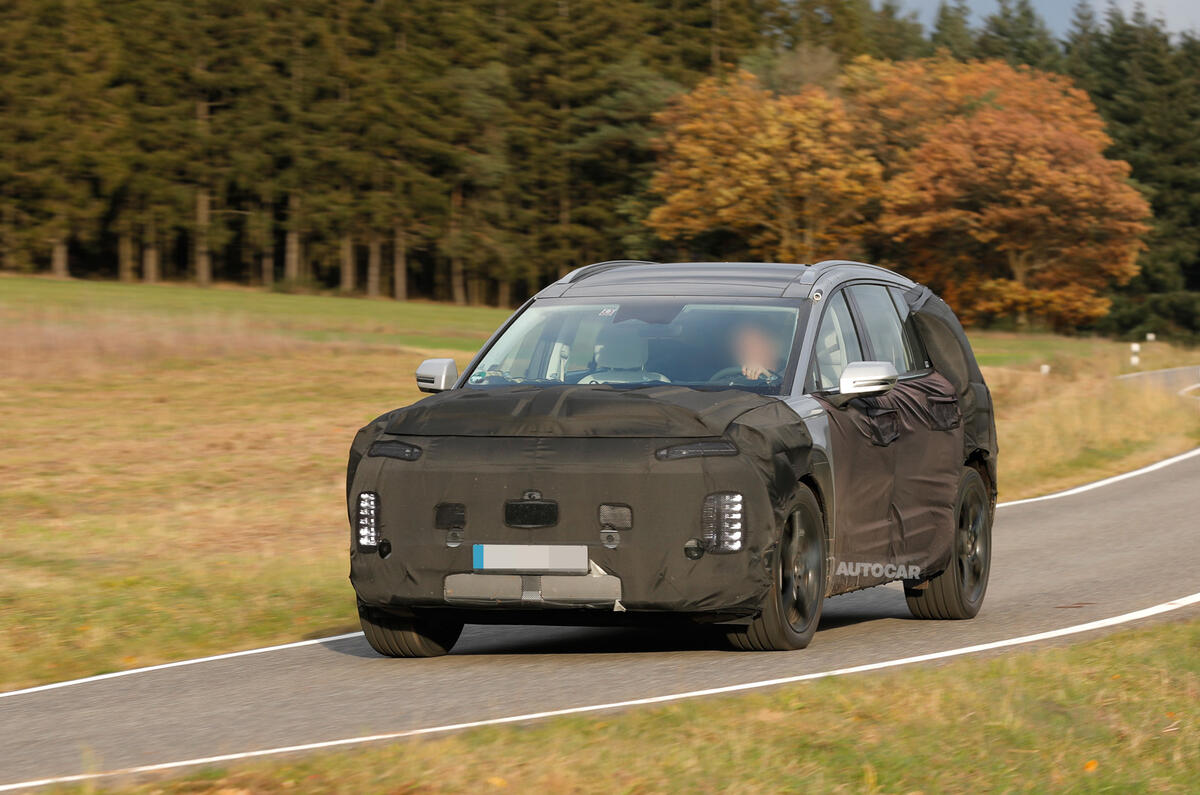
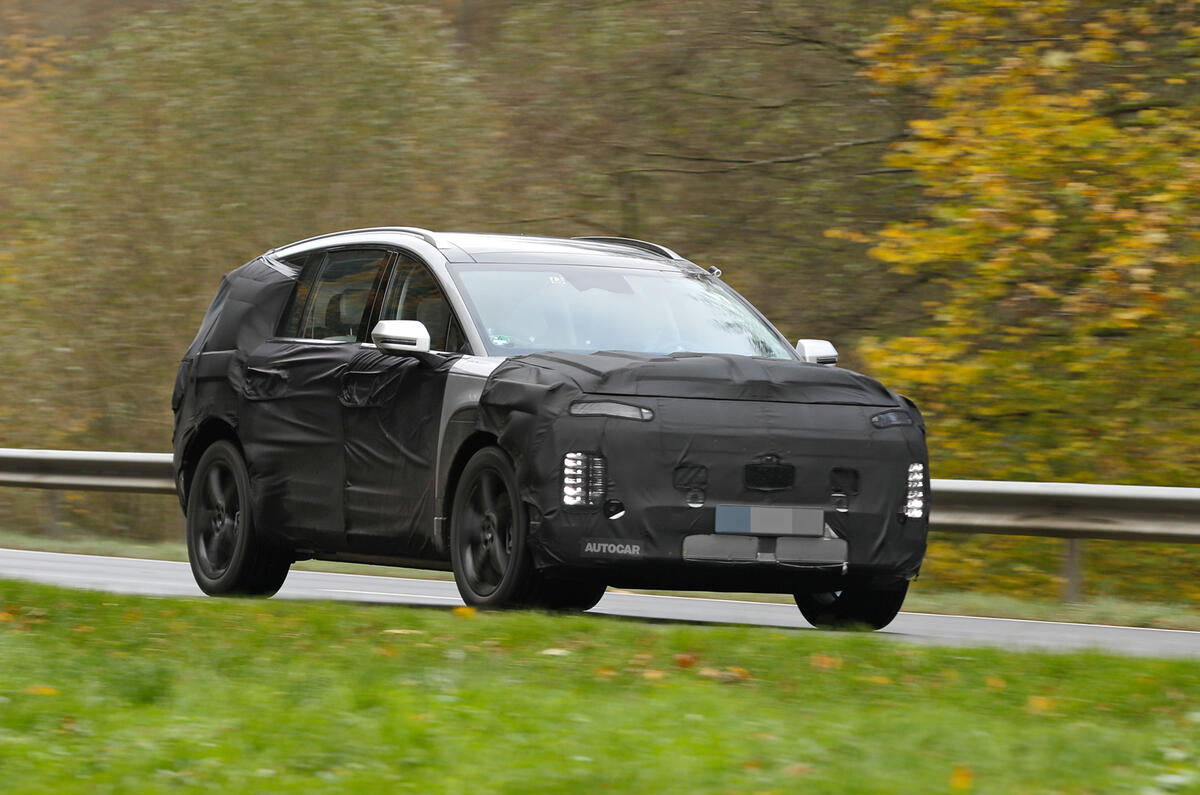
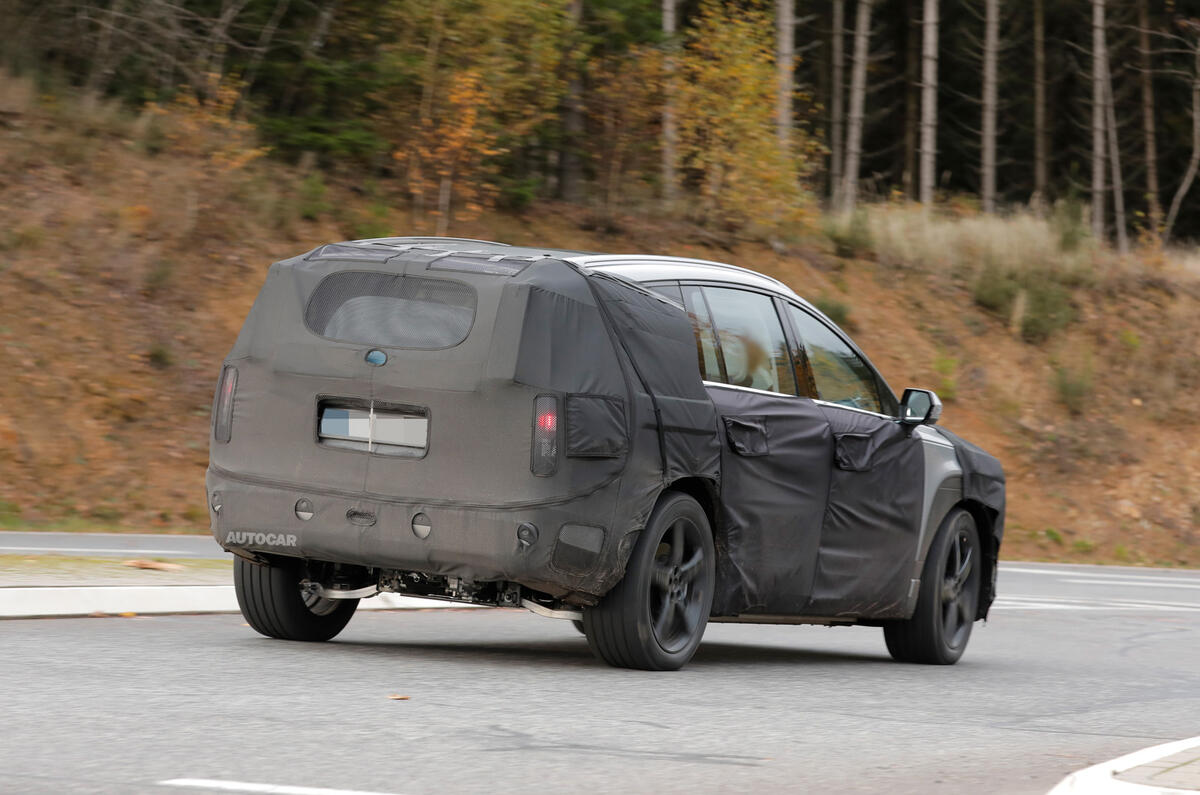
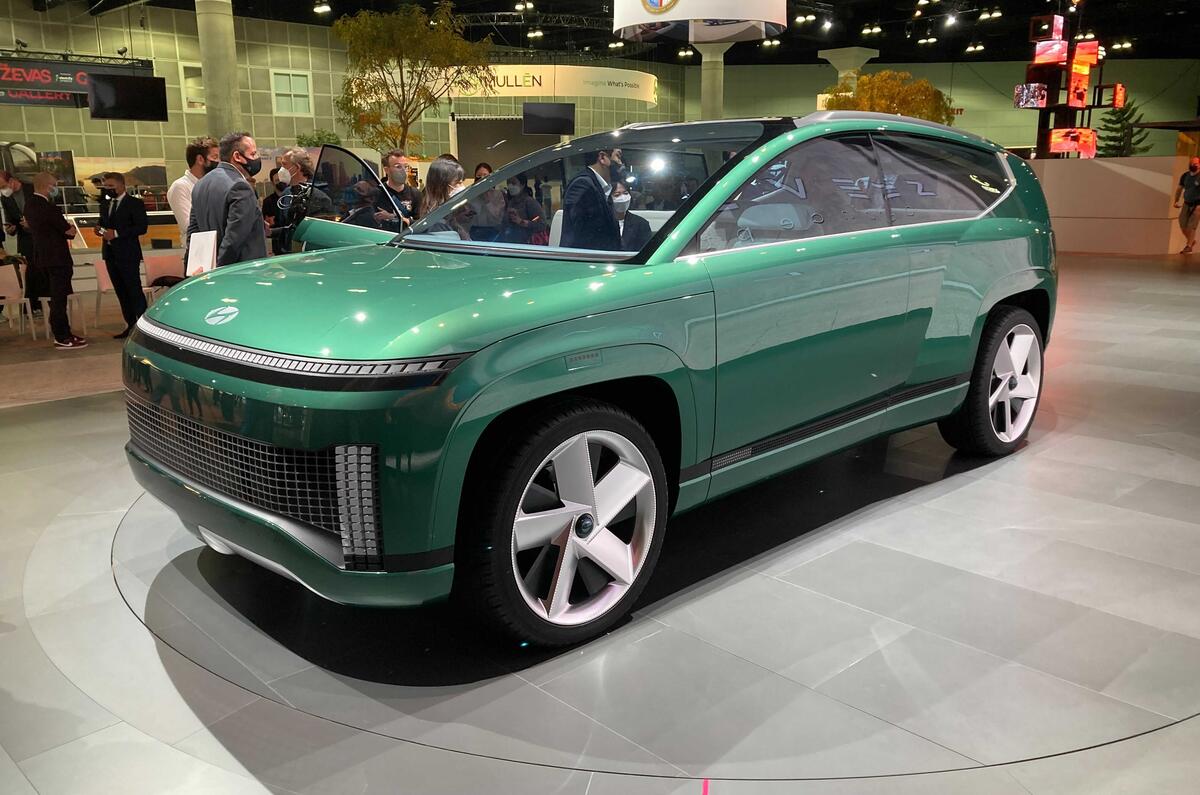
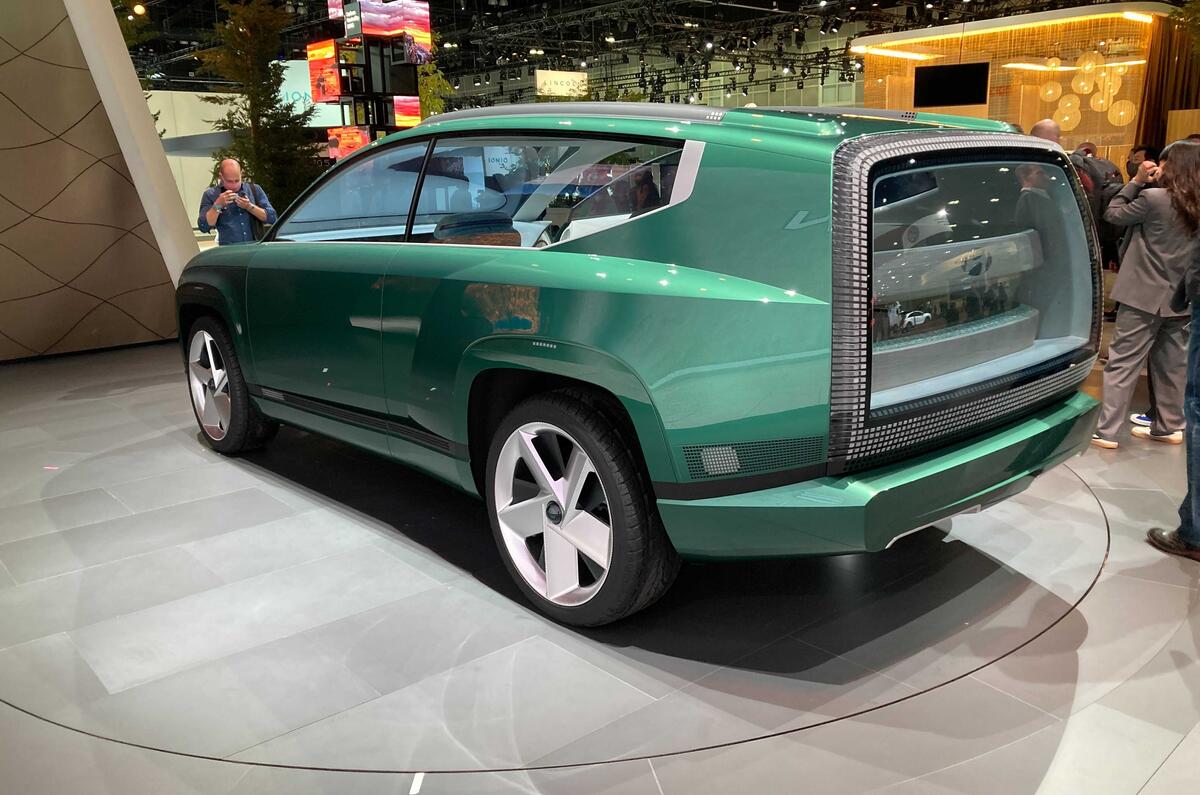
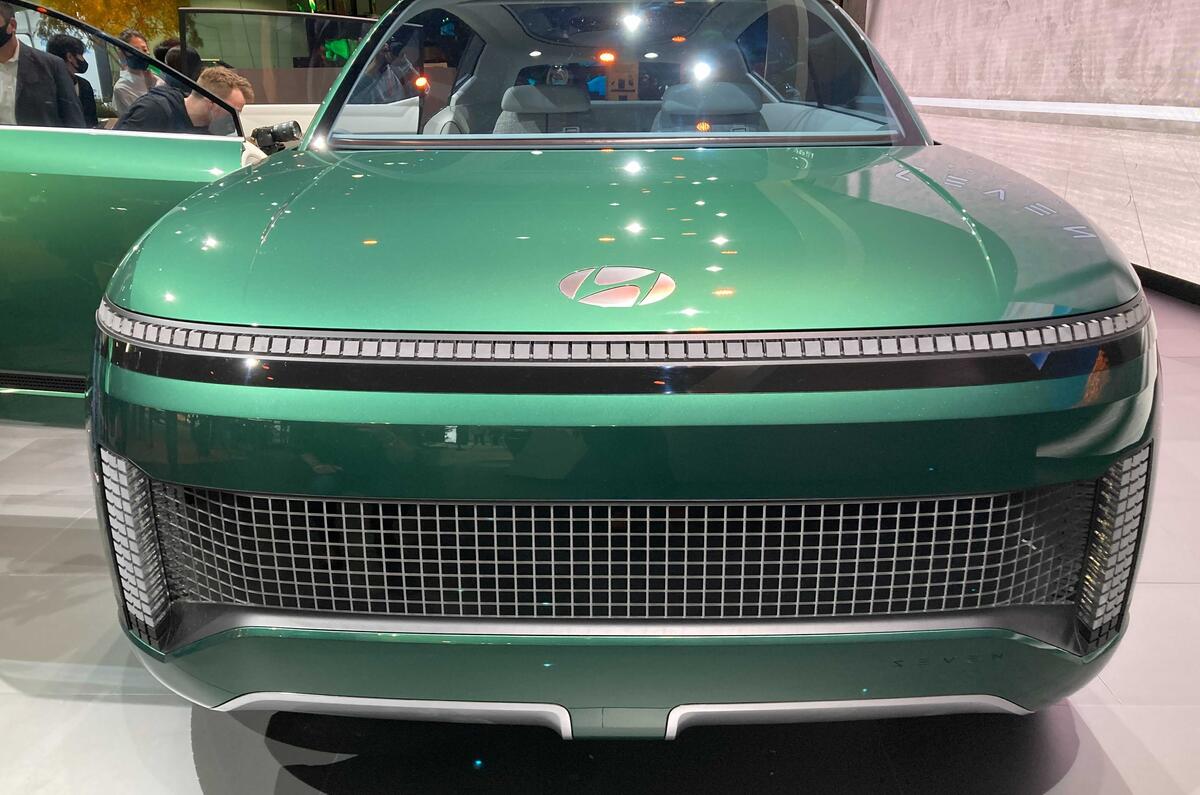
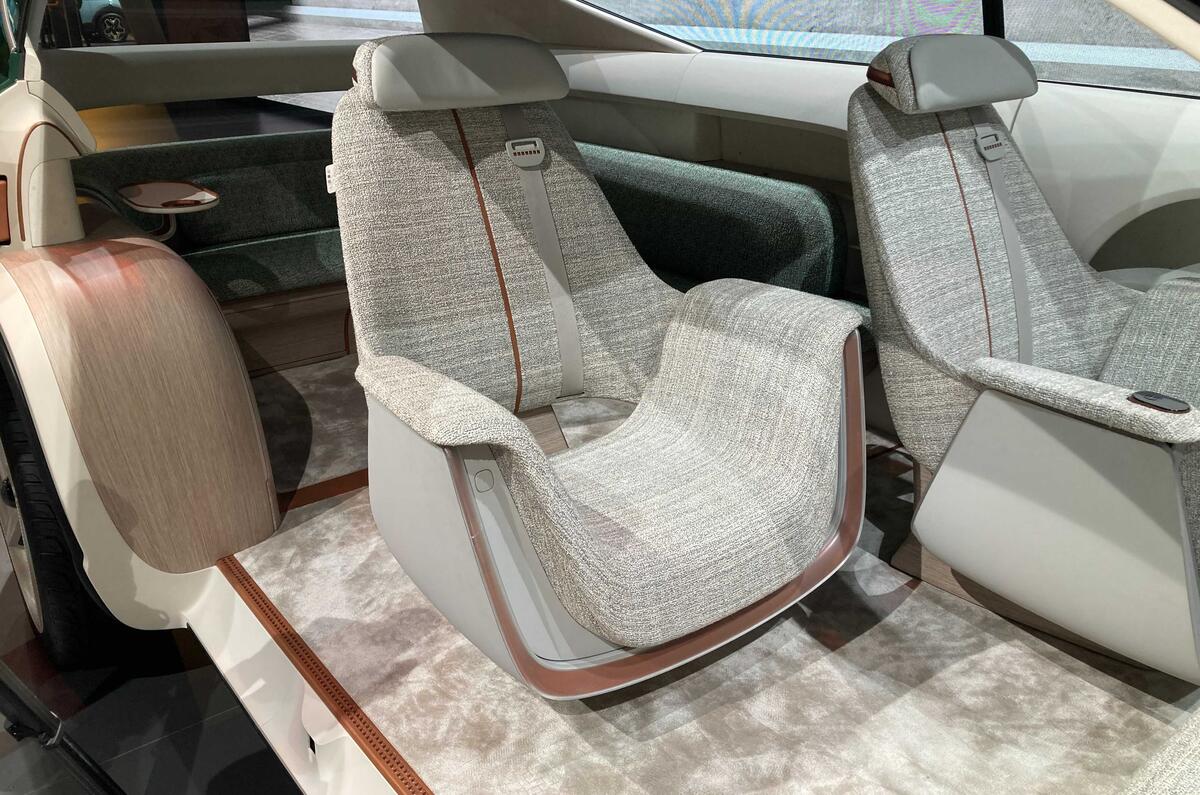
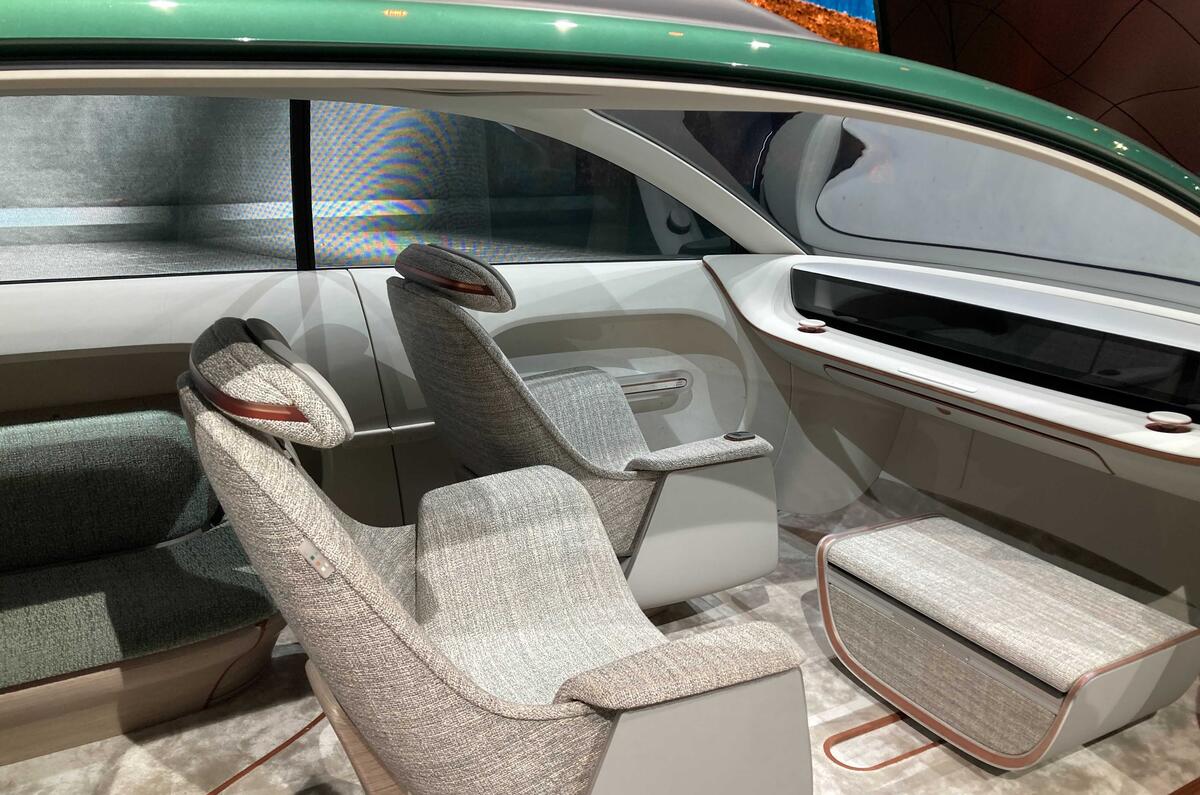
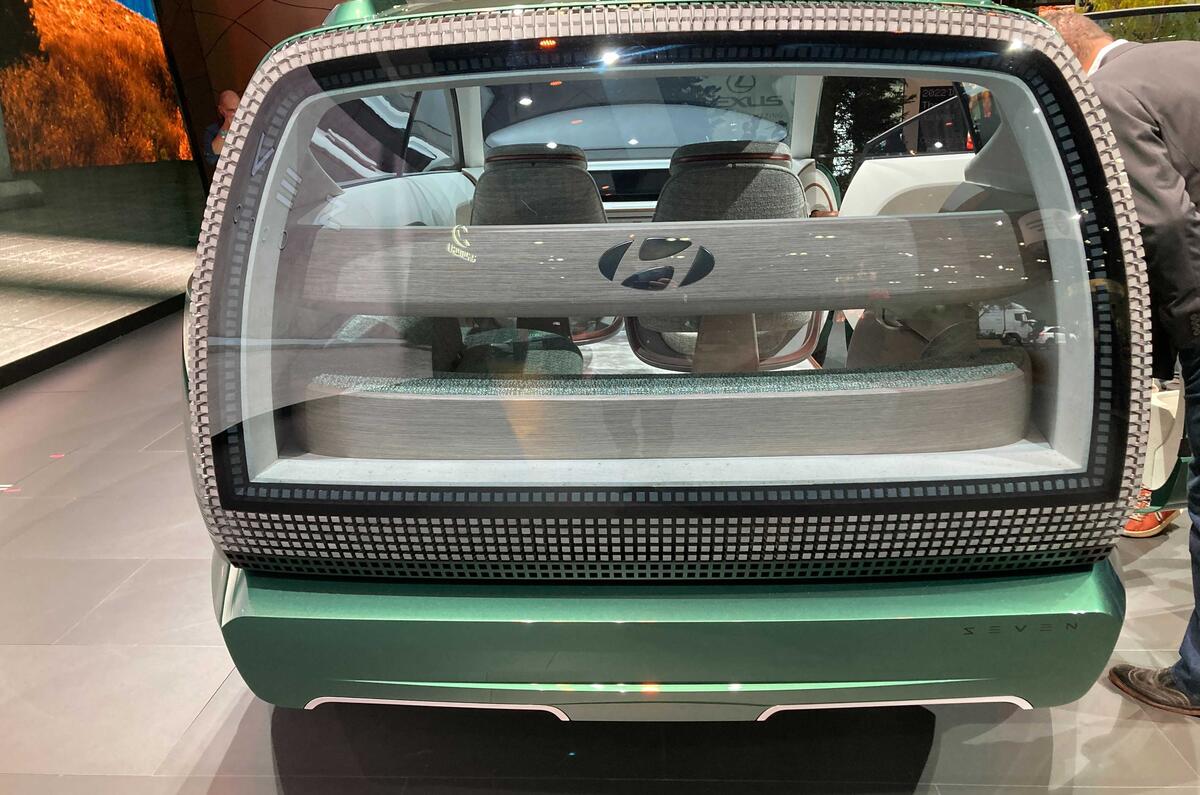
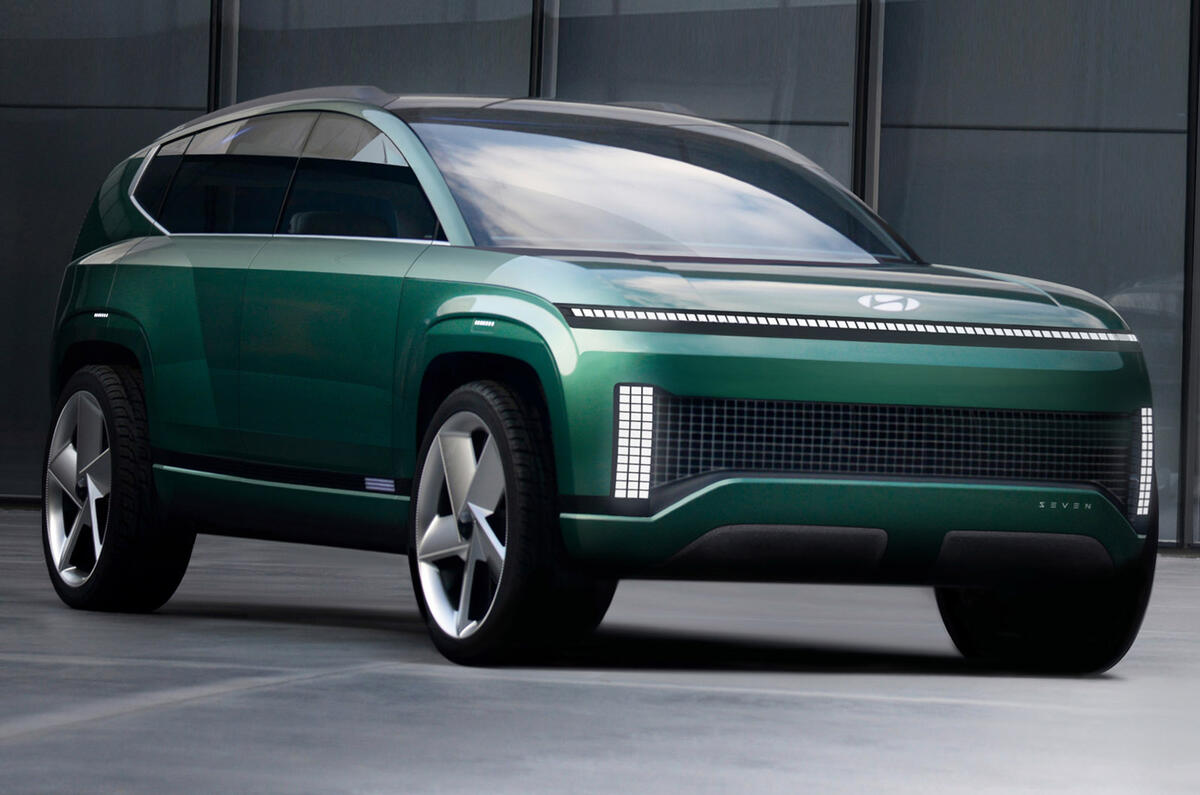
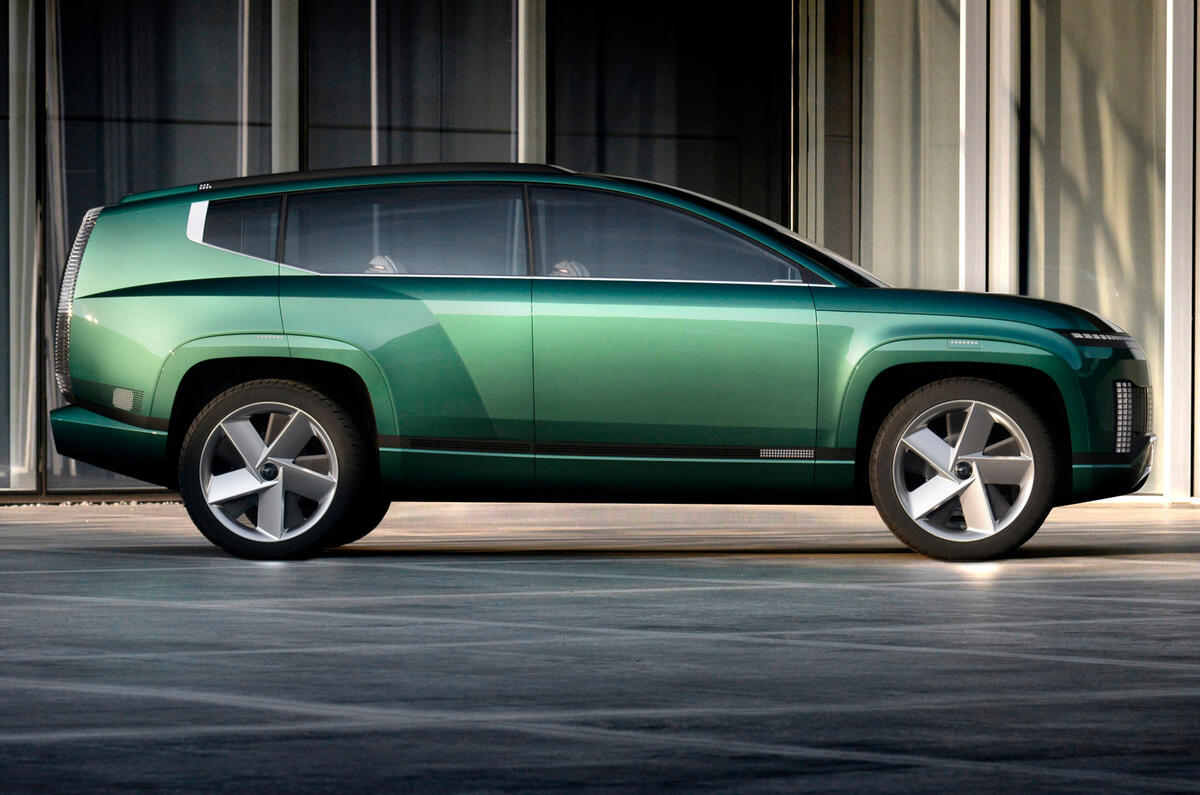
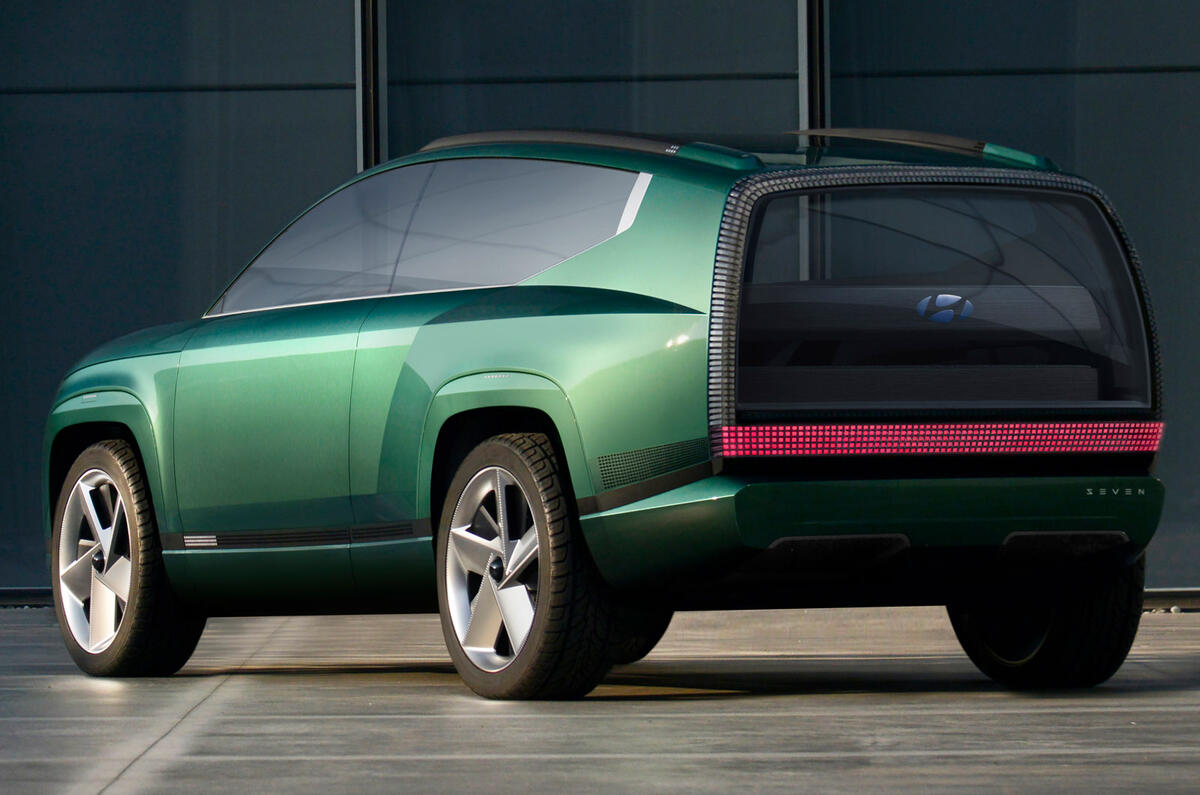
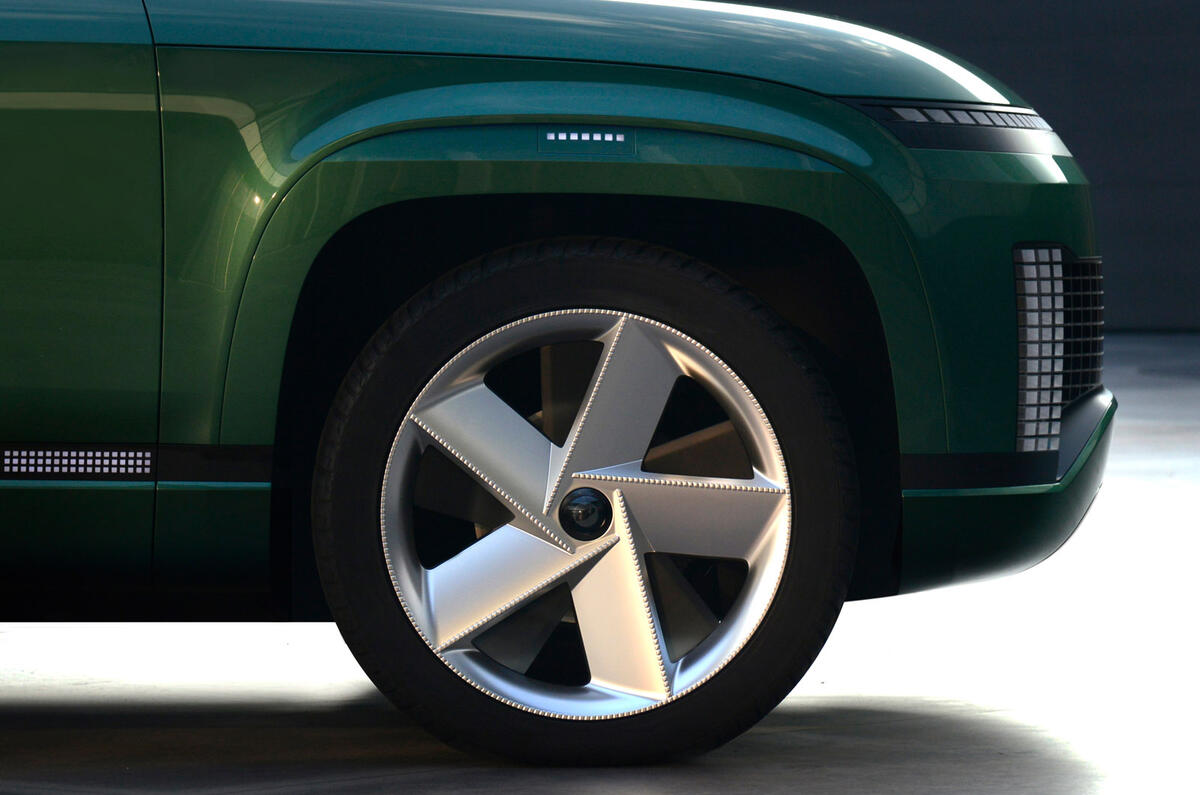
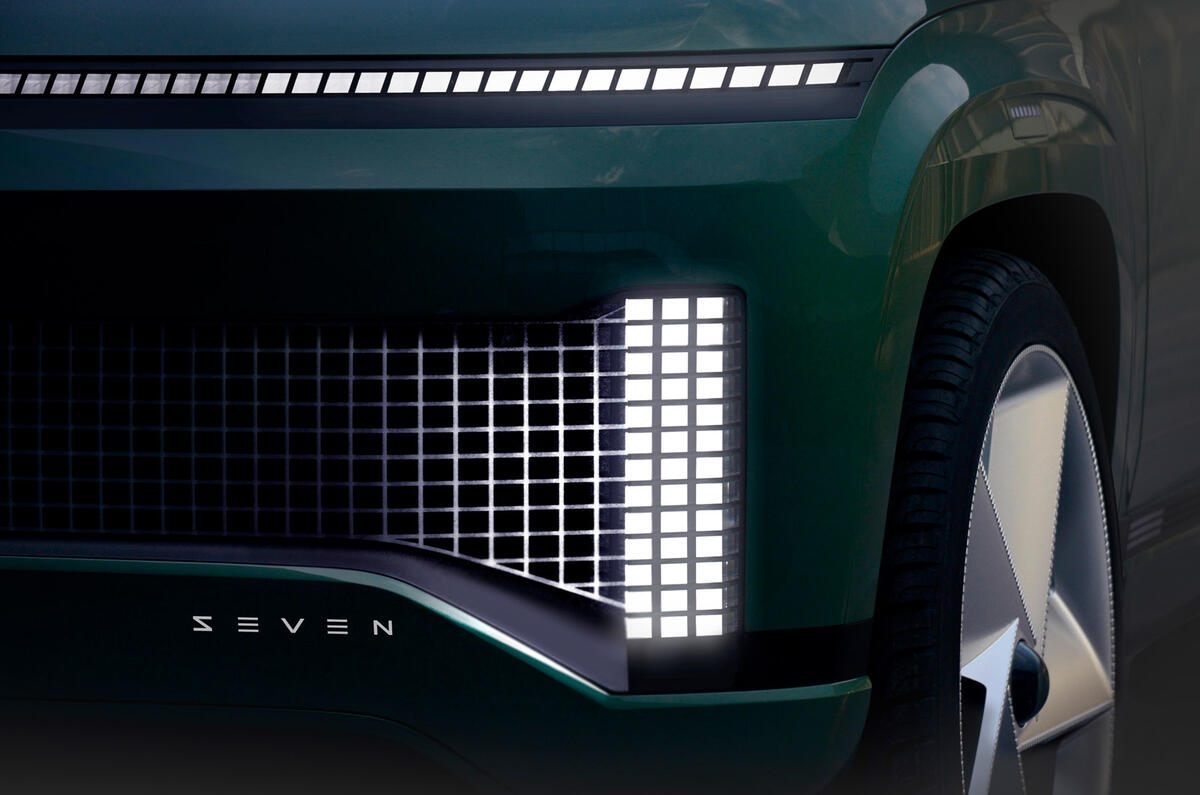
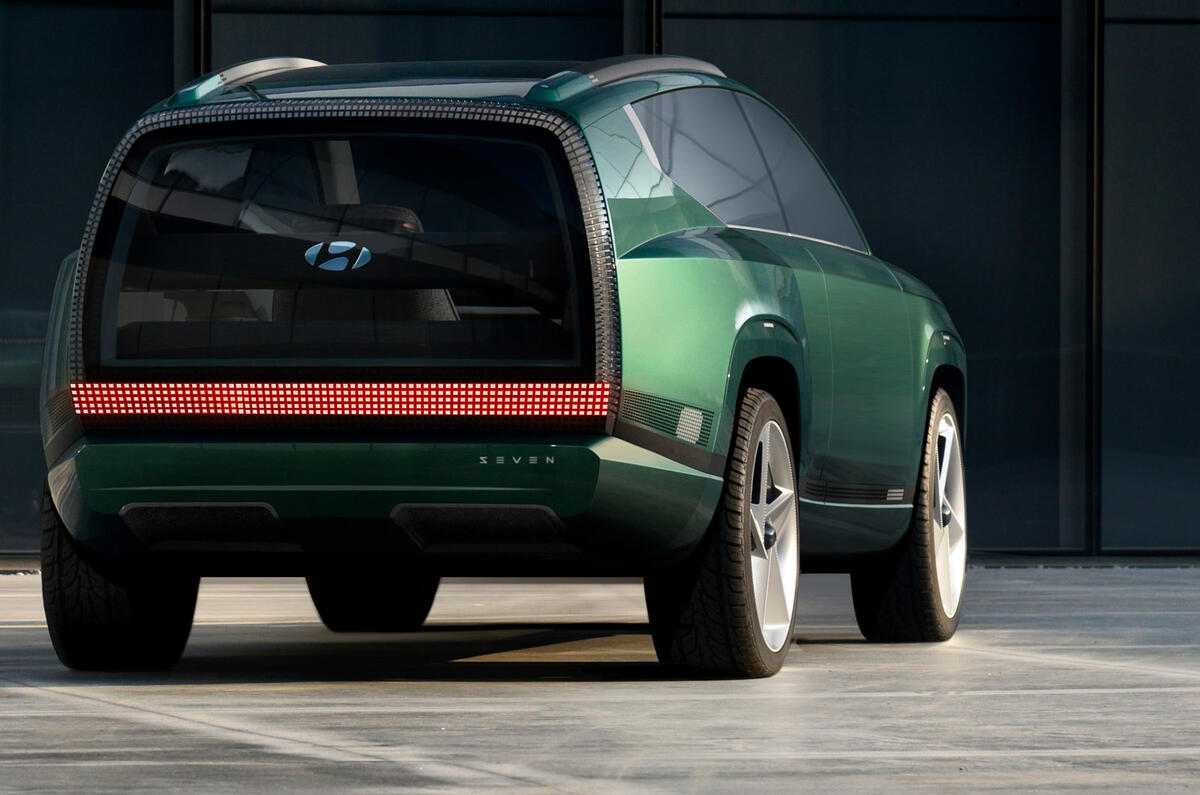
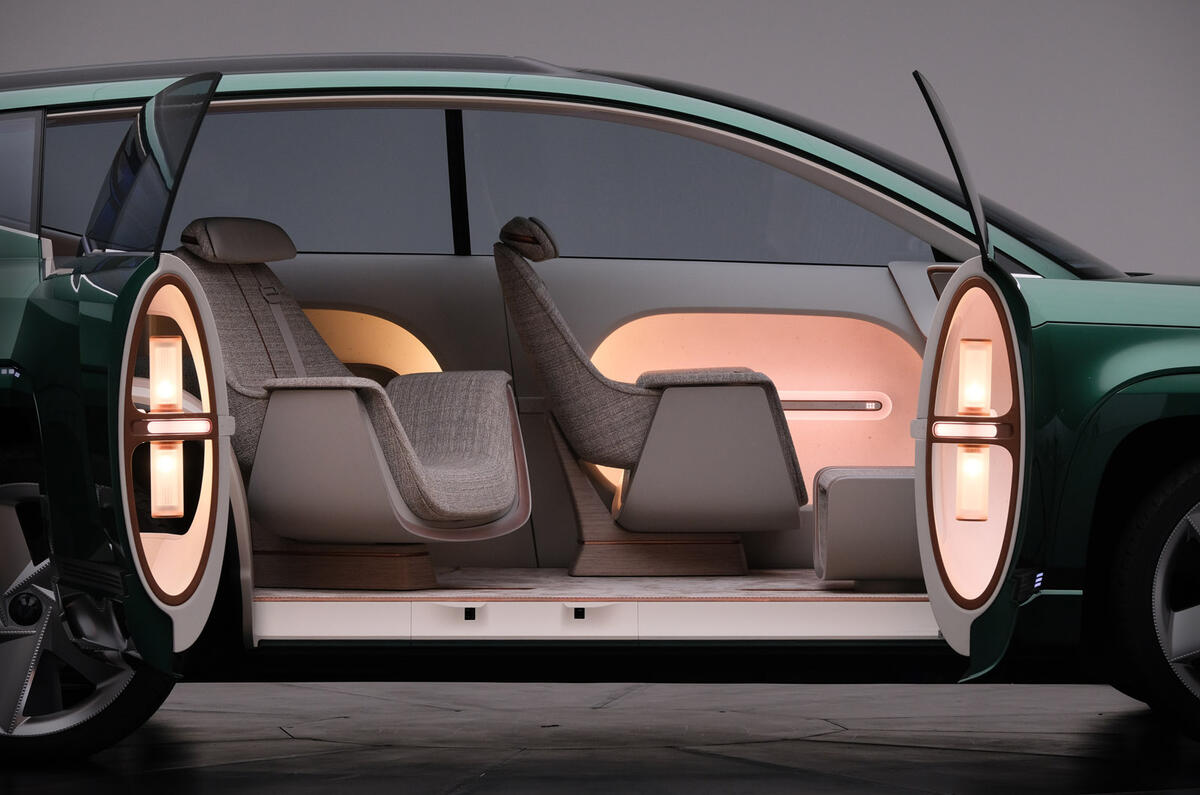
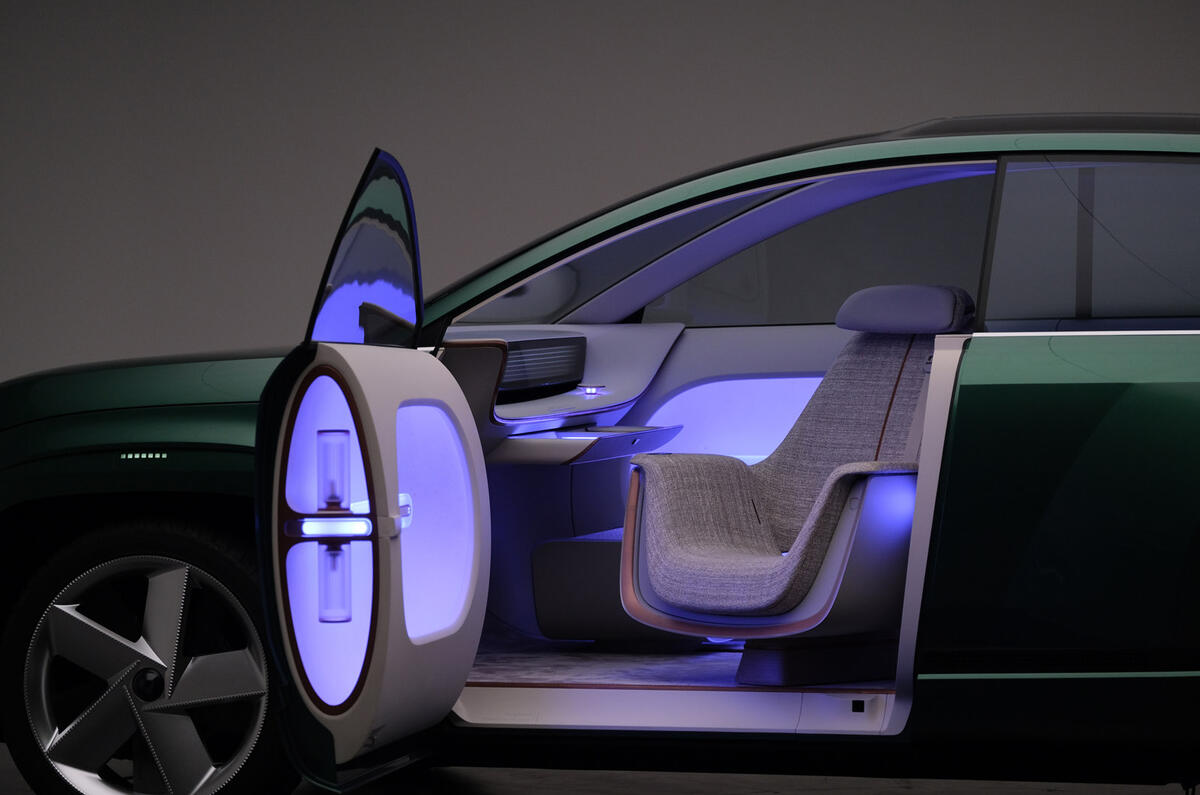
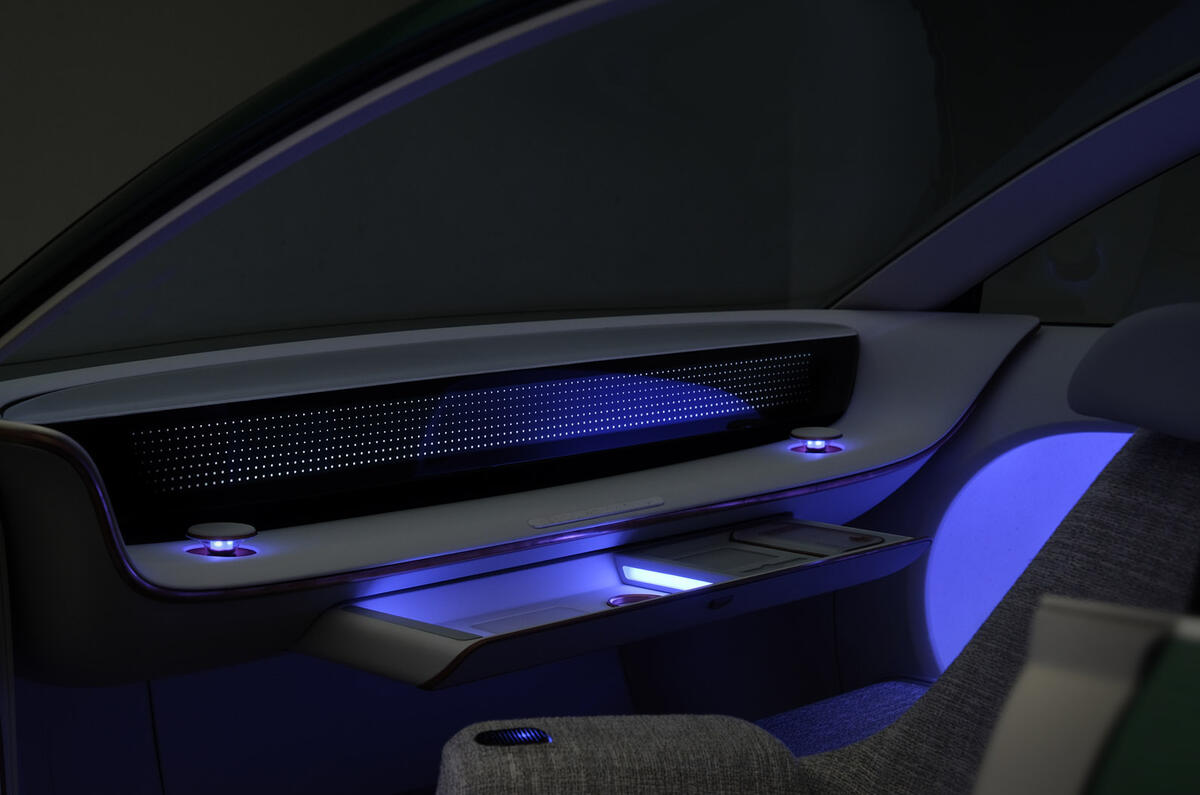
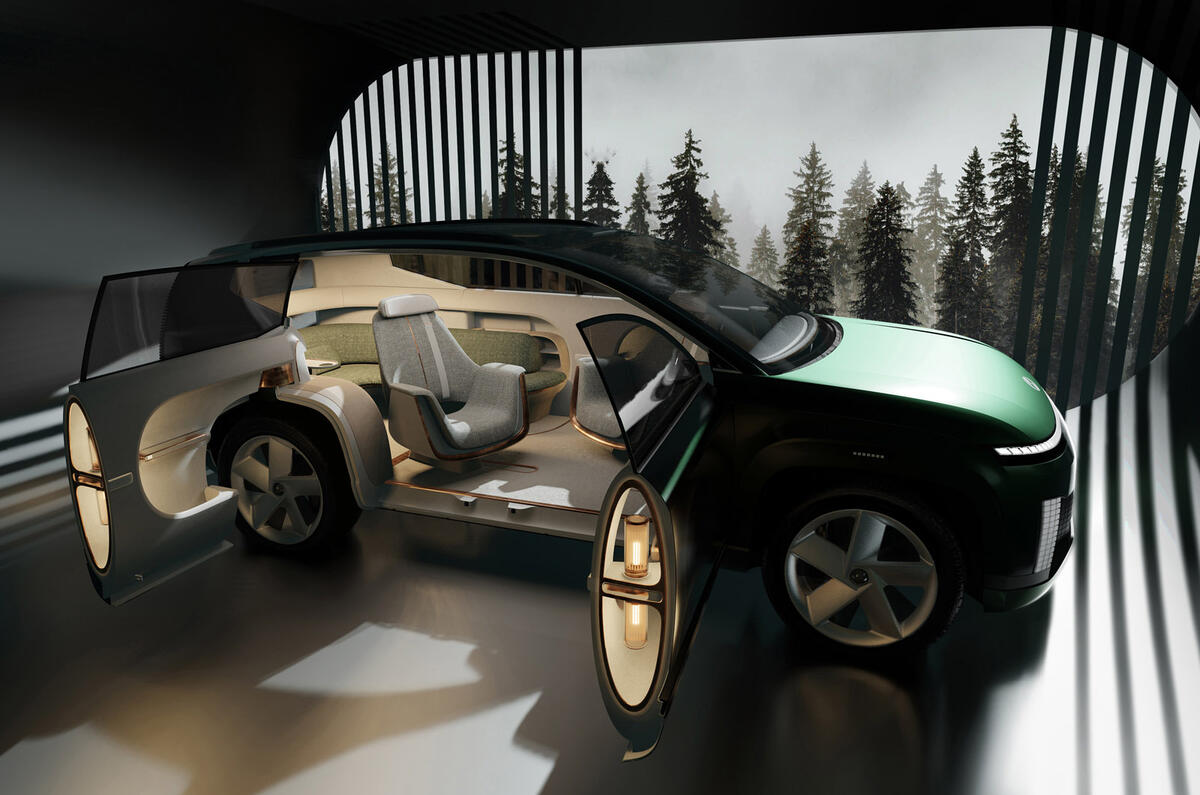
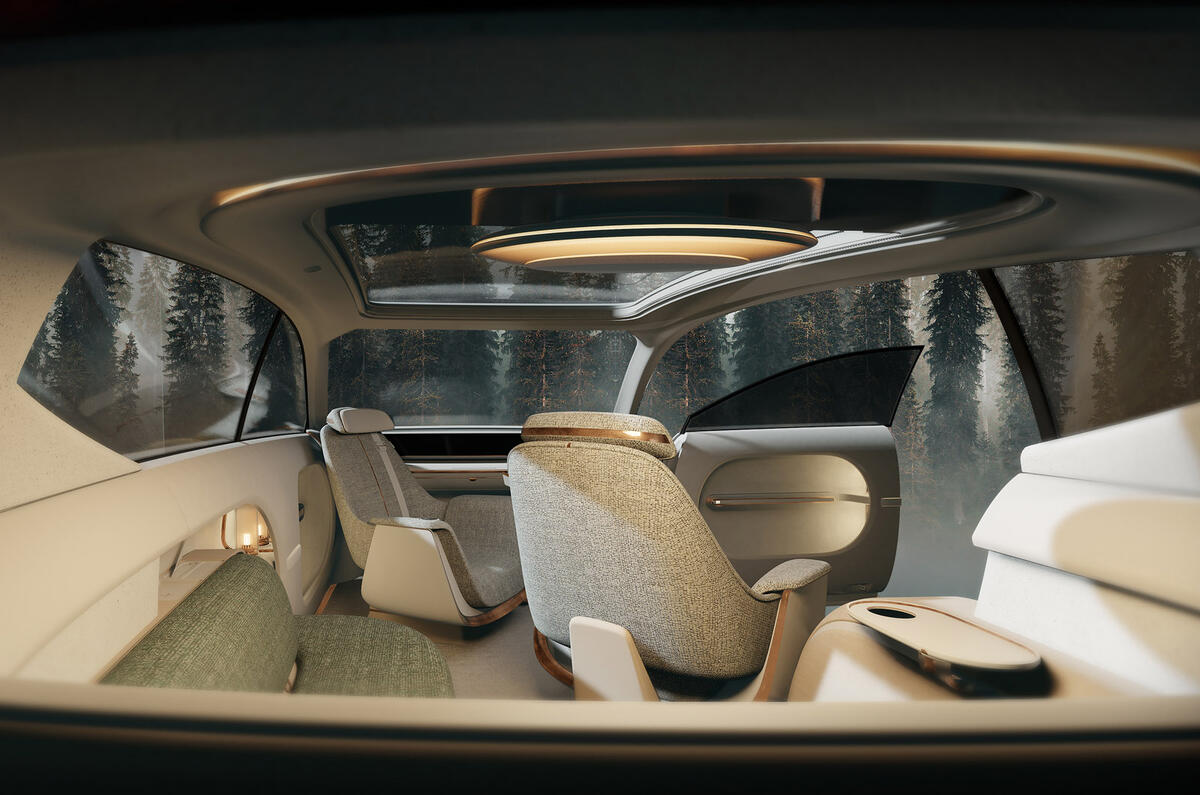
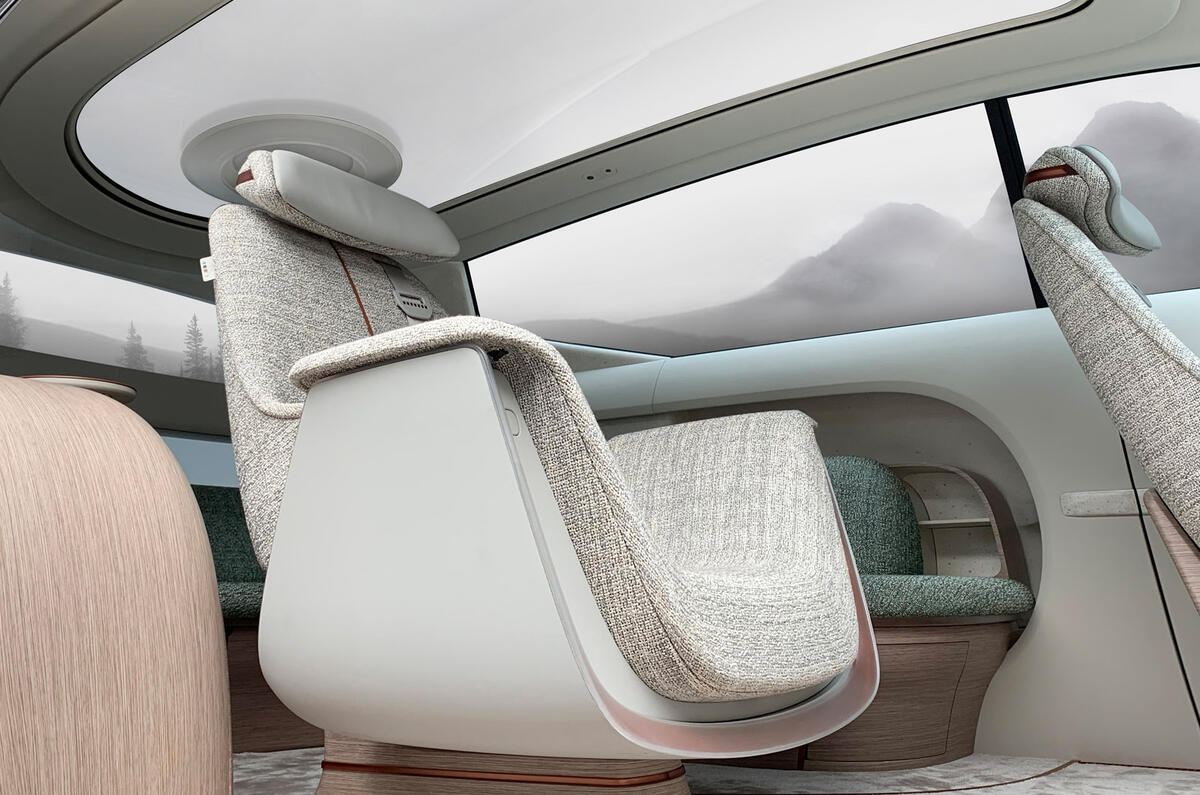
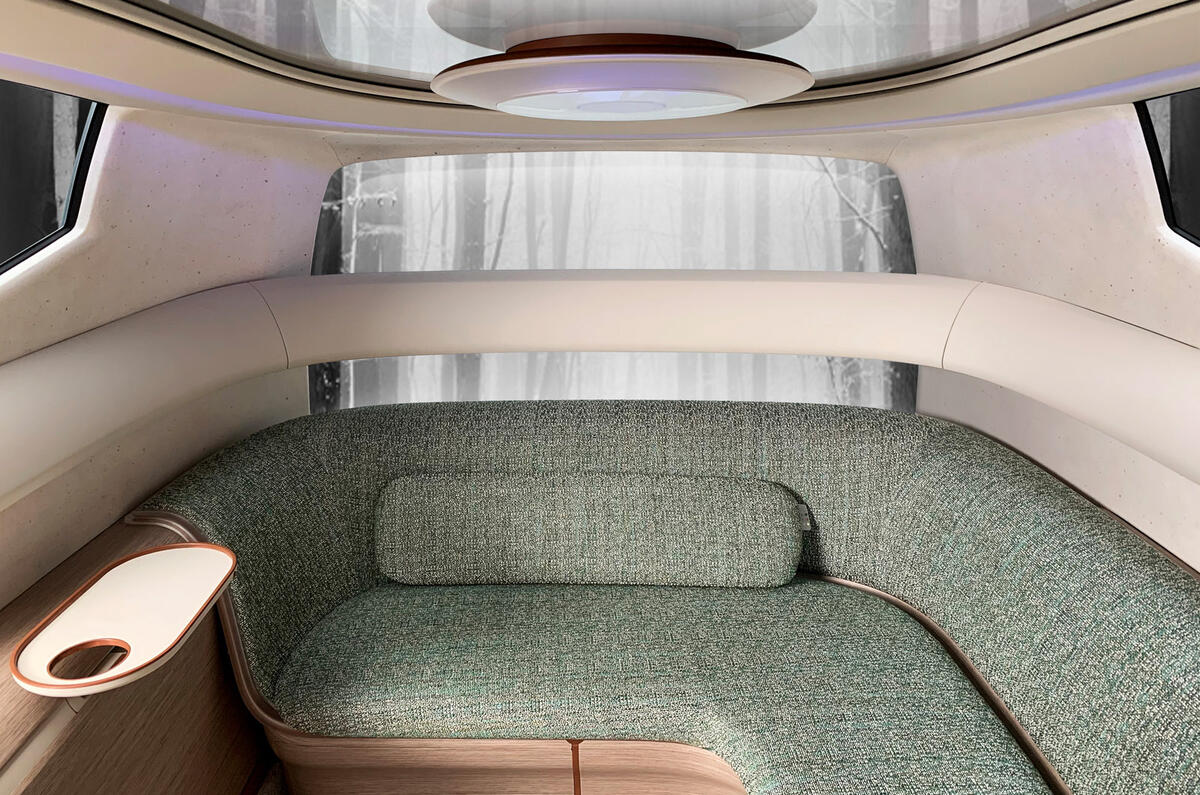
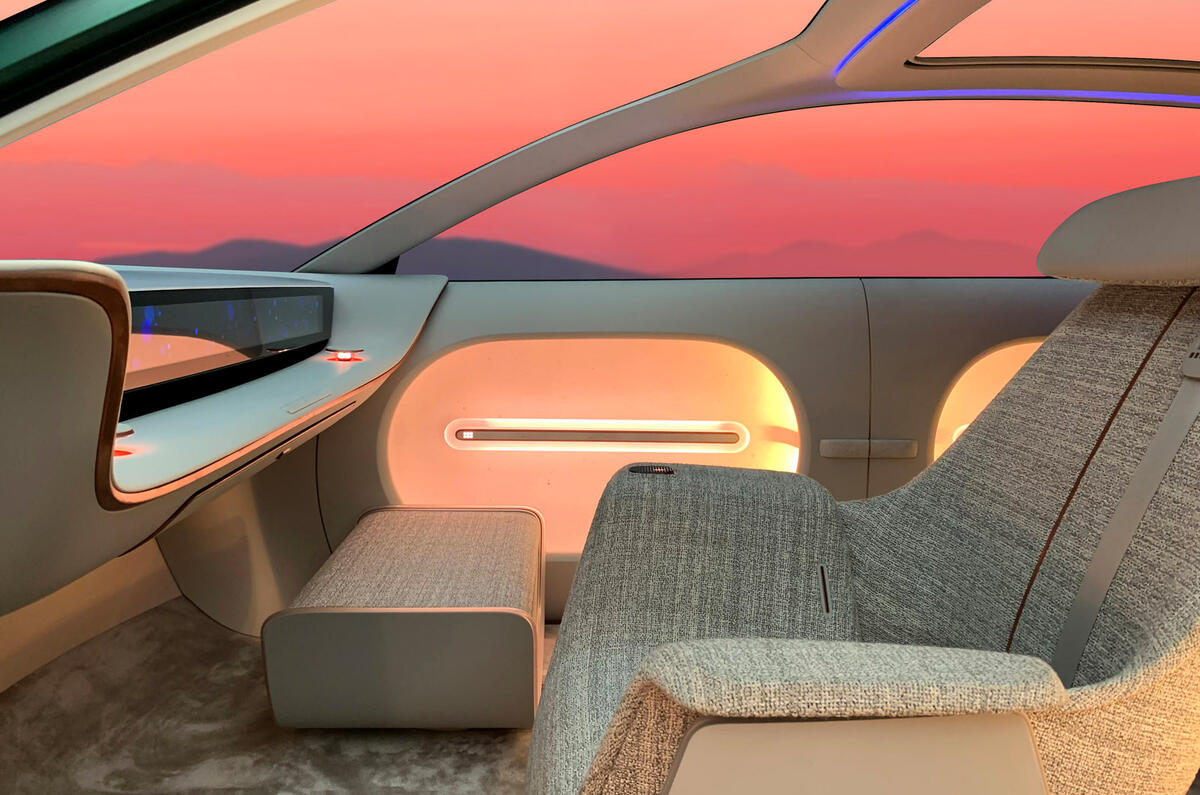
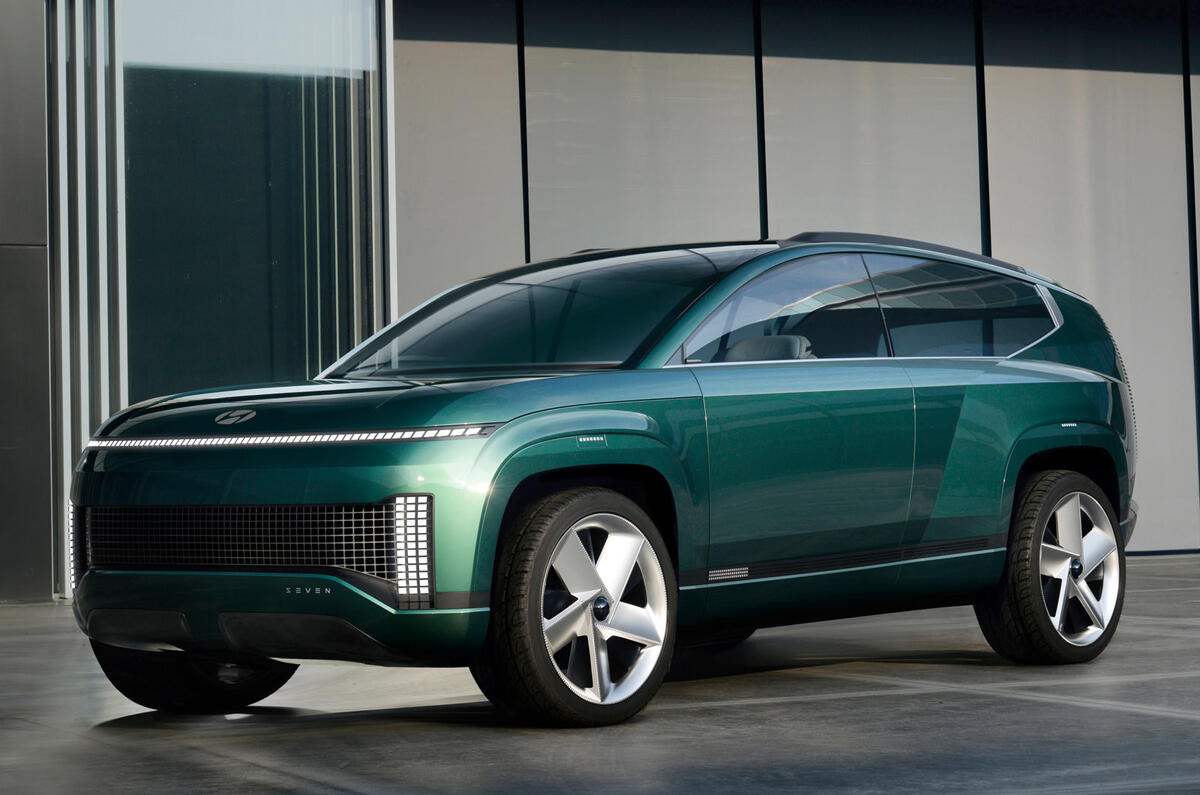
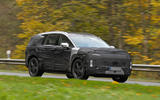
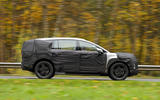
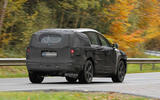
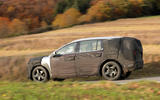
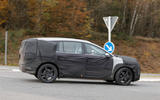
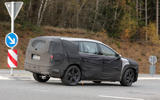
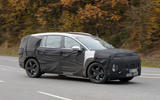
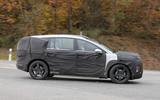
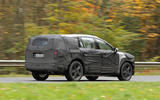
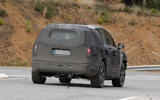
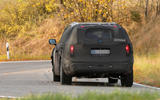

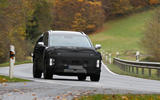
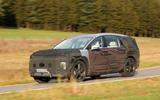
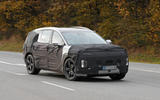
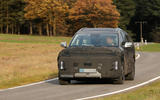
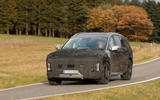
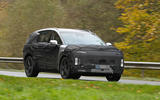
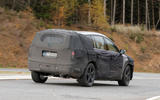
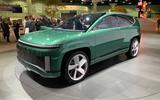
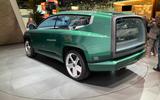
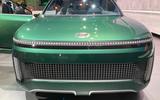
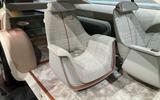
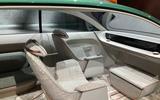
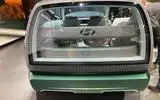
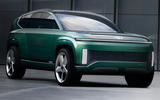
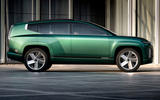
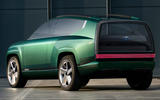
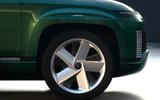
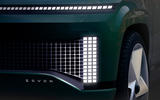
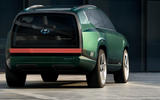
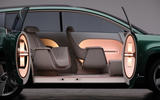
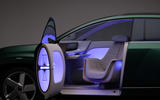
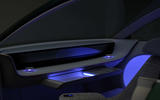
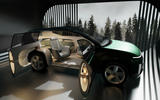
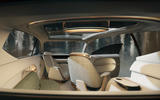
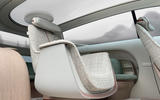
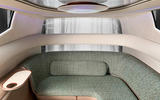
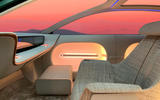
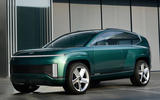

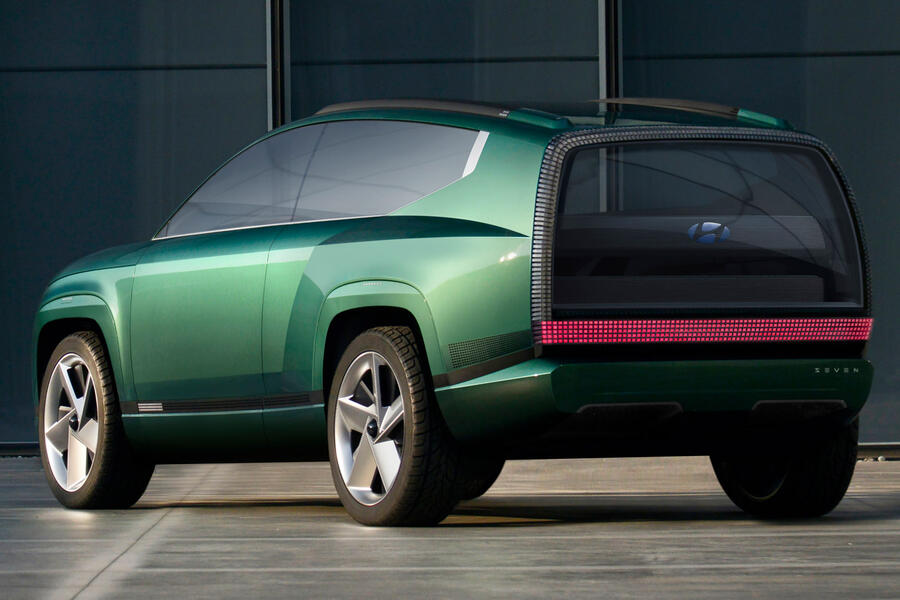






Join the debate
Add your comment
Let's face it, it's not build for practicality, it's a status symbol, it's a fine size for the US and a few other places , but here in the UK?, no, the Range Rover is King old or new, the exclusivity has gone, they can be picked up in various states fora little as a few grand, I certainly wouldn't shell out six figures for any car like this and then go off road with it no matter how well off I was, I care about my car, no, this is just Carpark kudos.
Lets face it it's not going to struggle on the VFM front against the 95k Volvo.
Slightly odd colour for a hearse, but I like it.